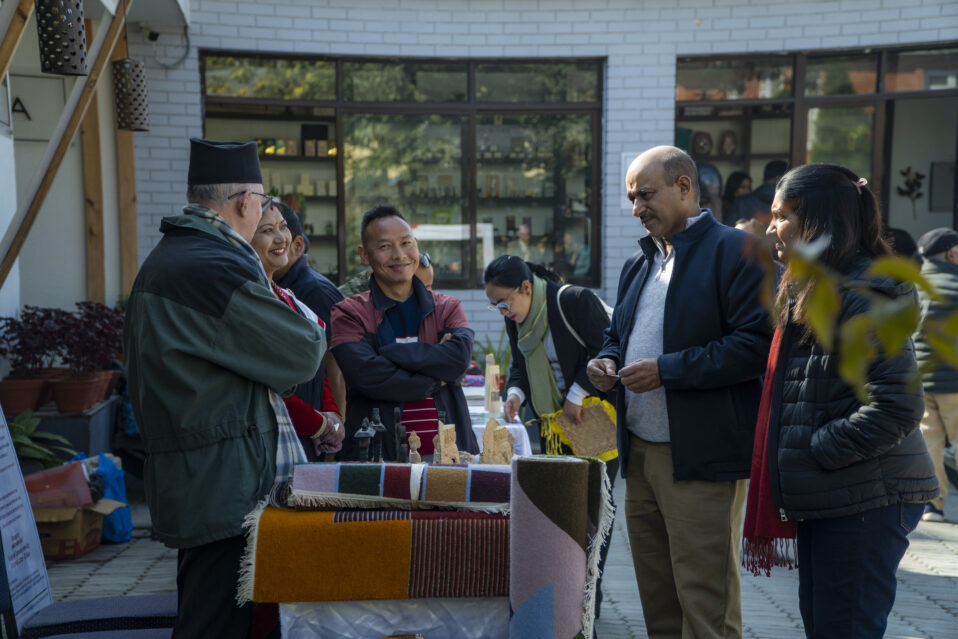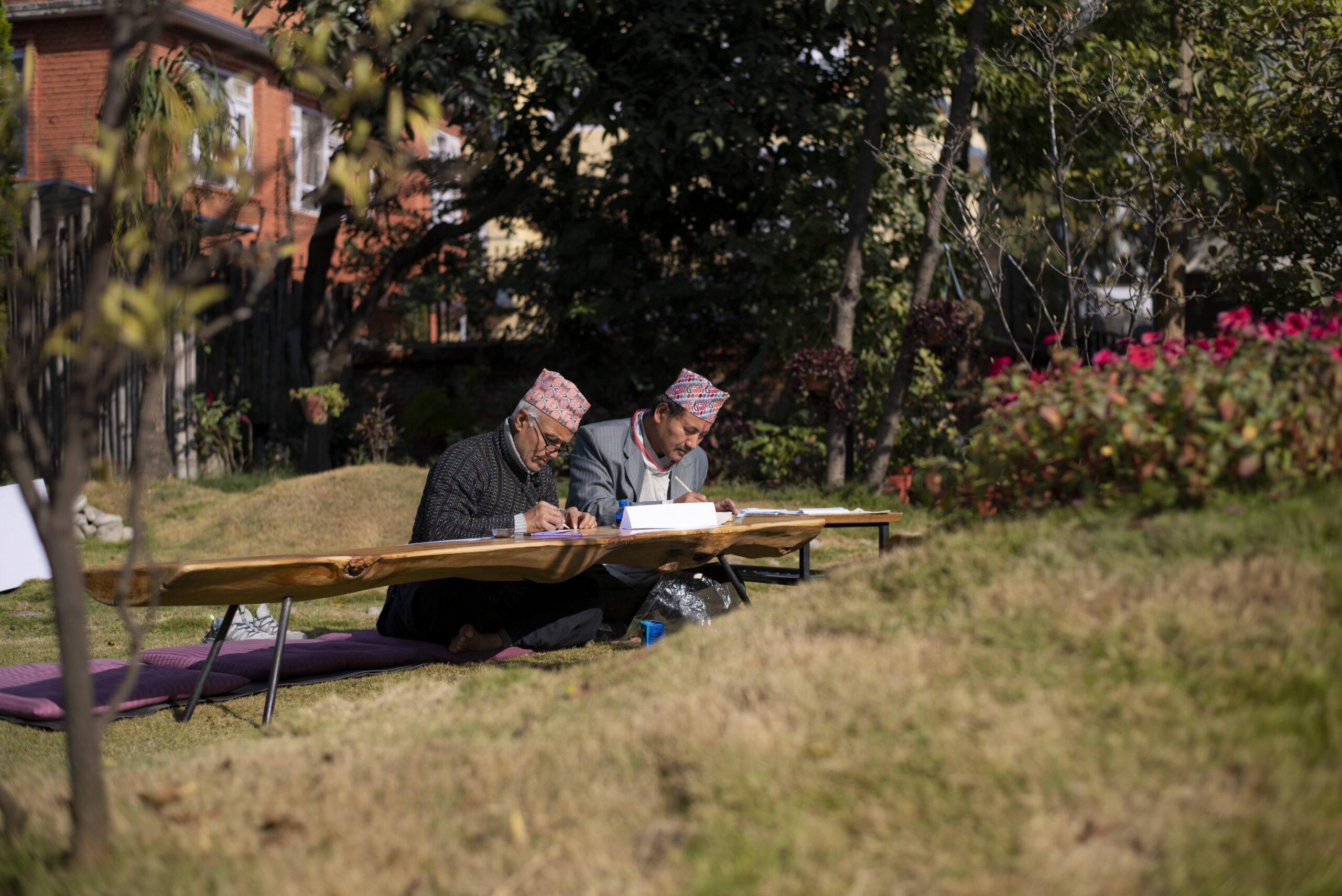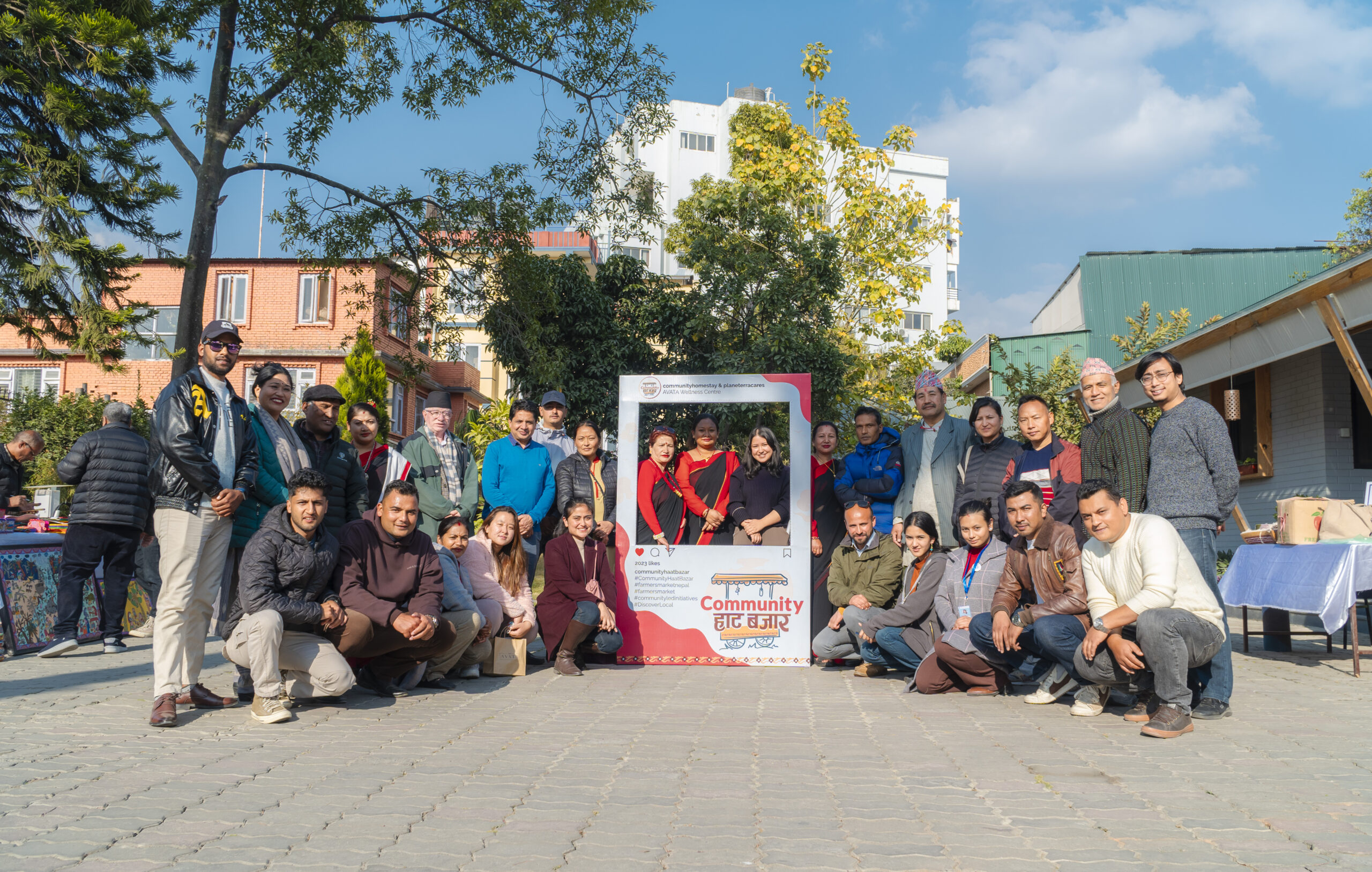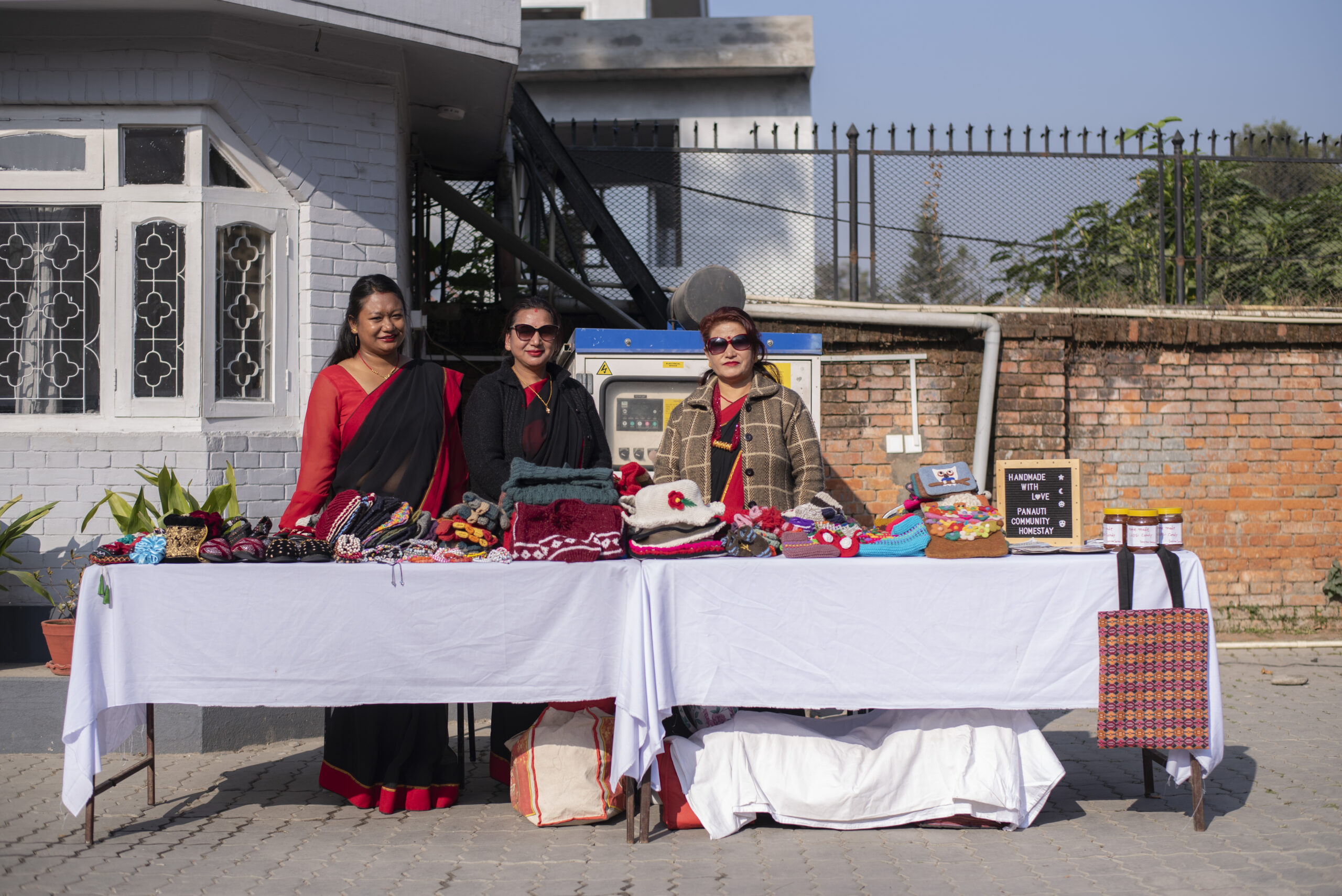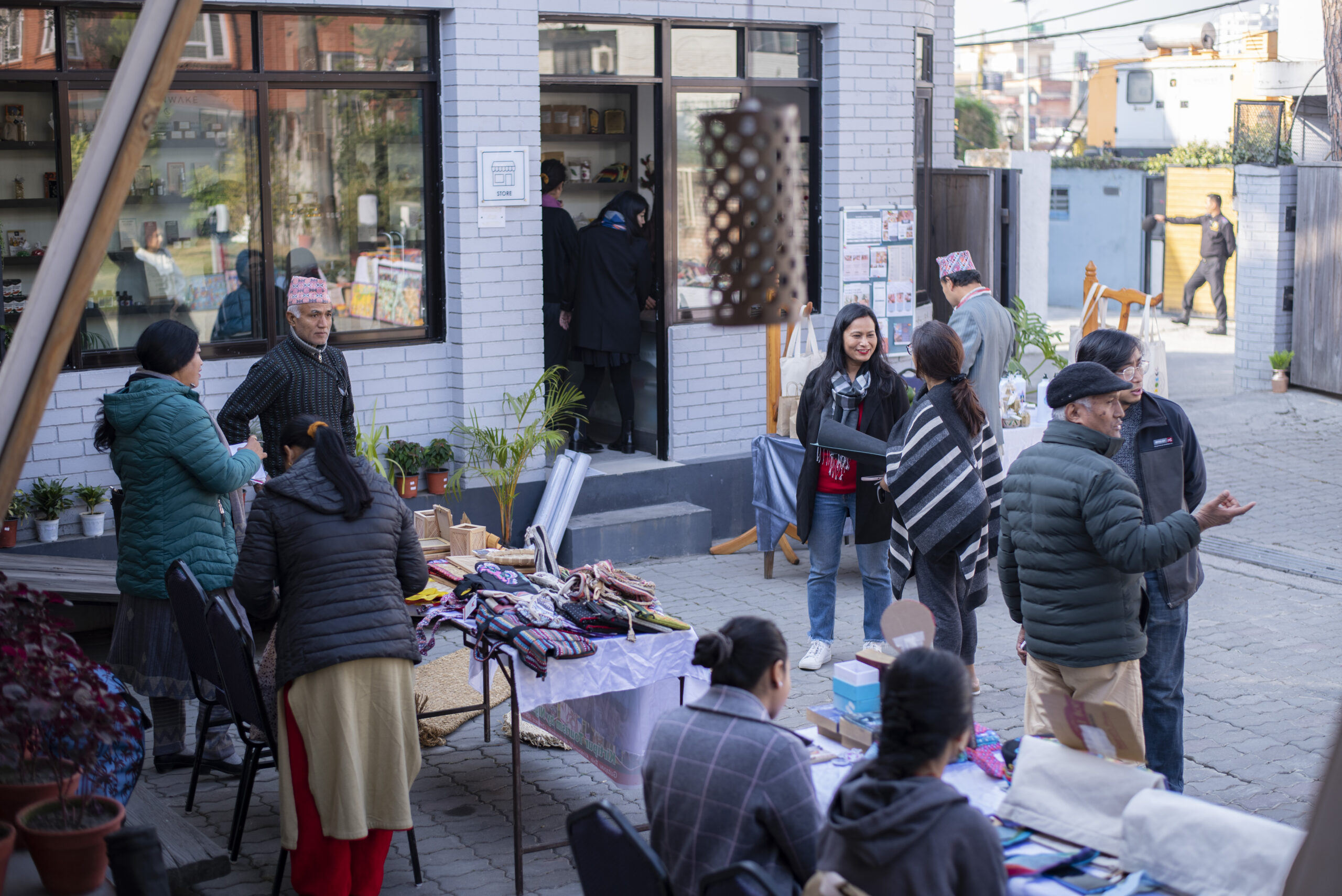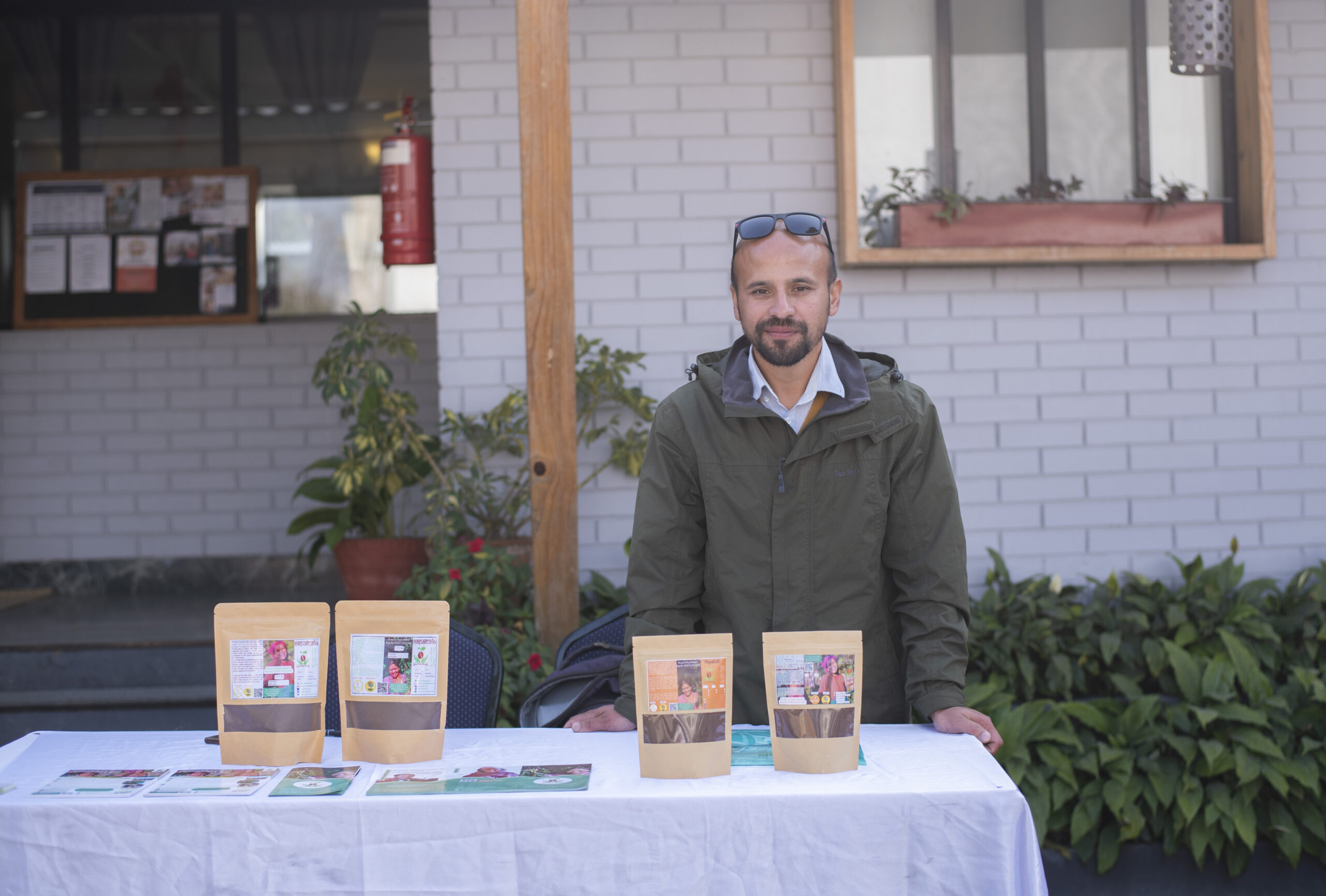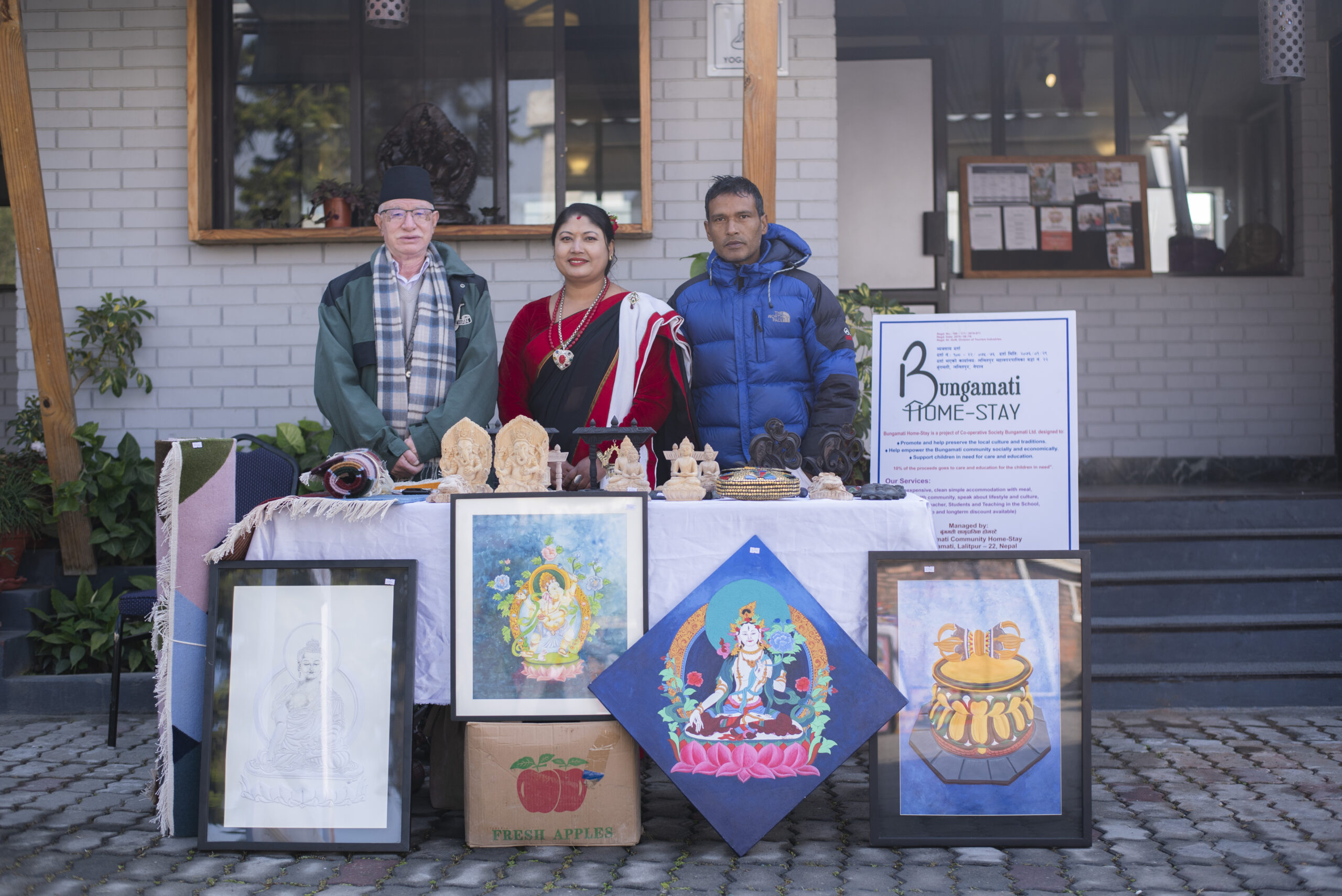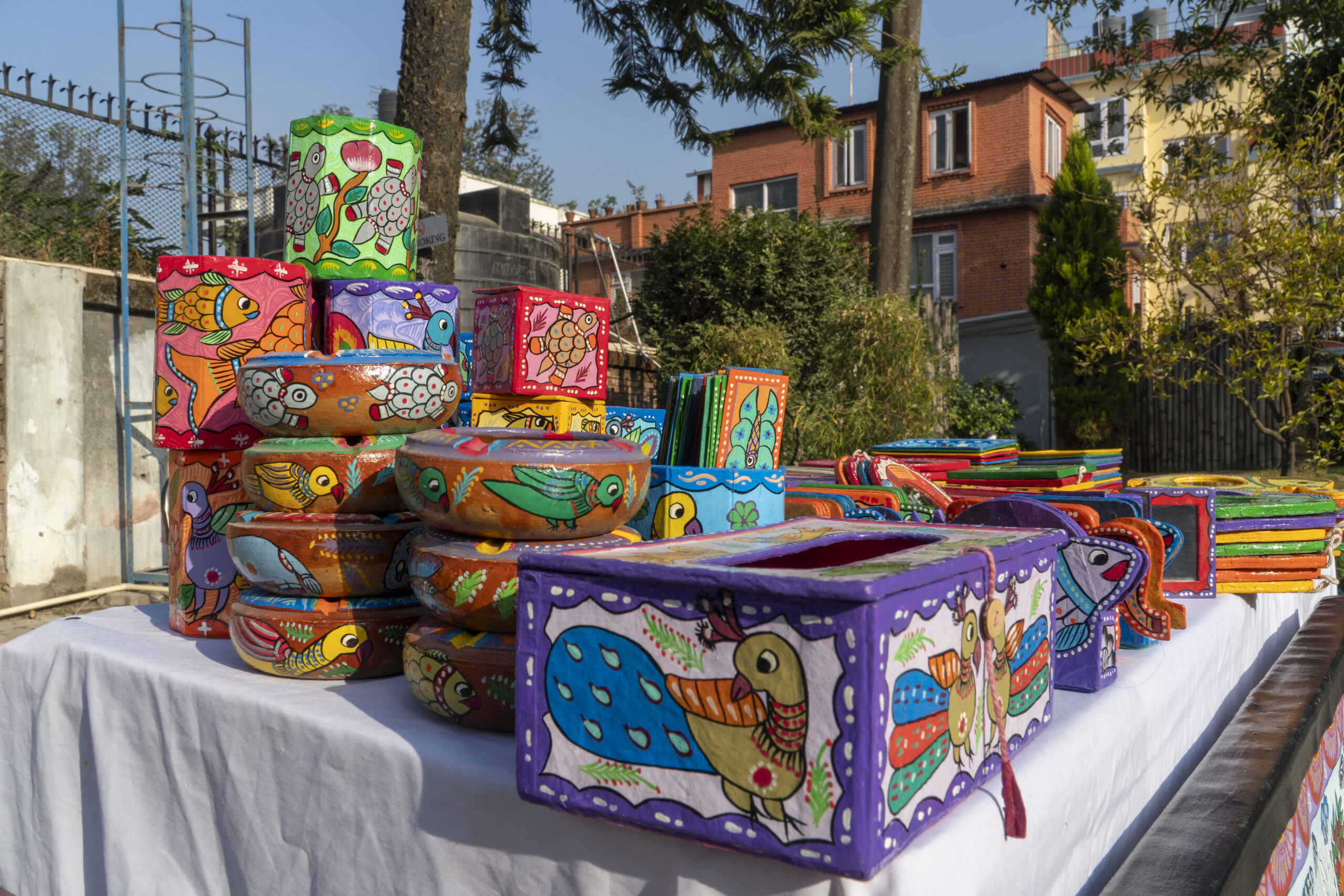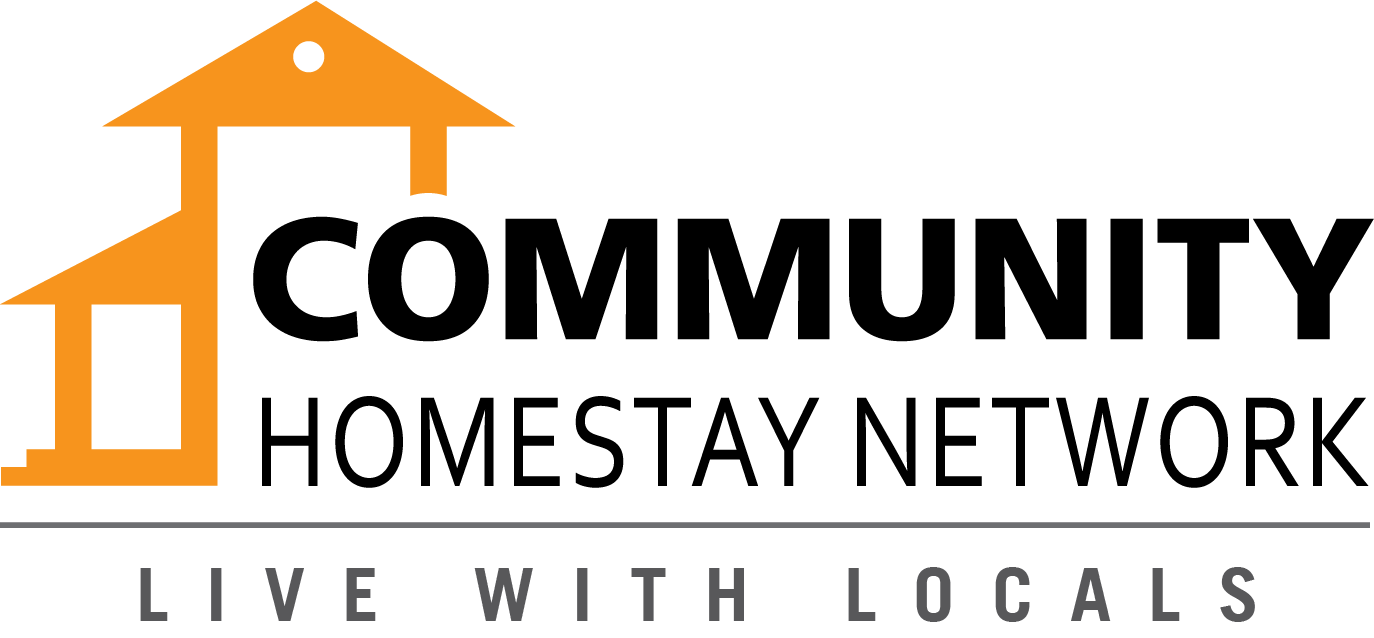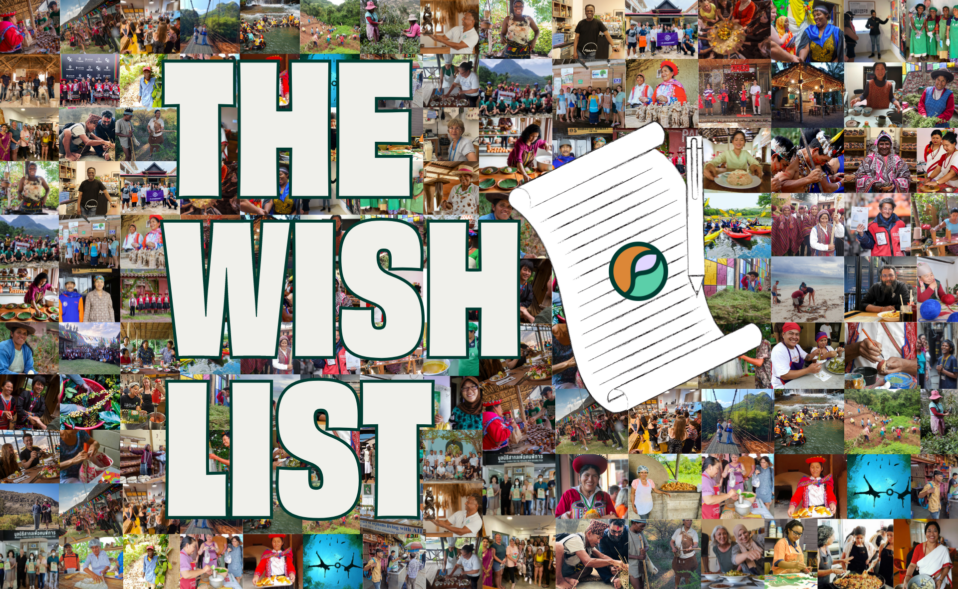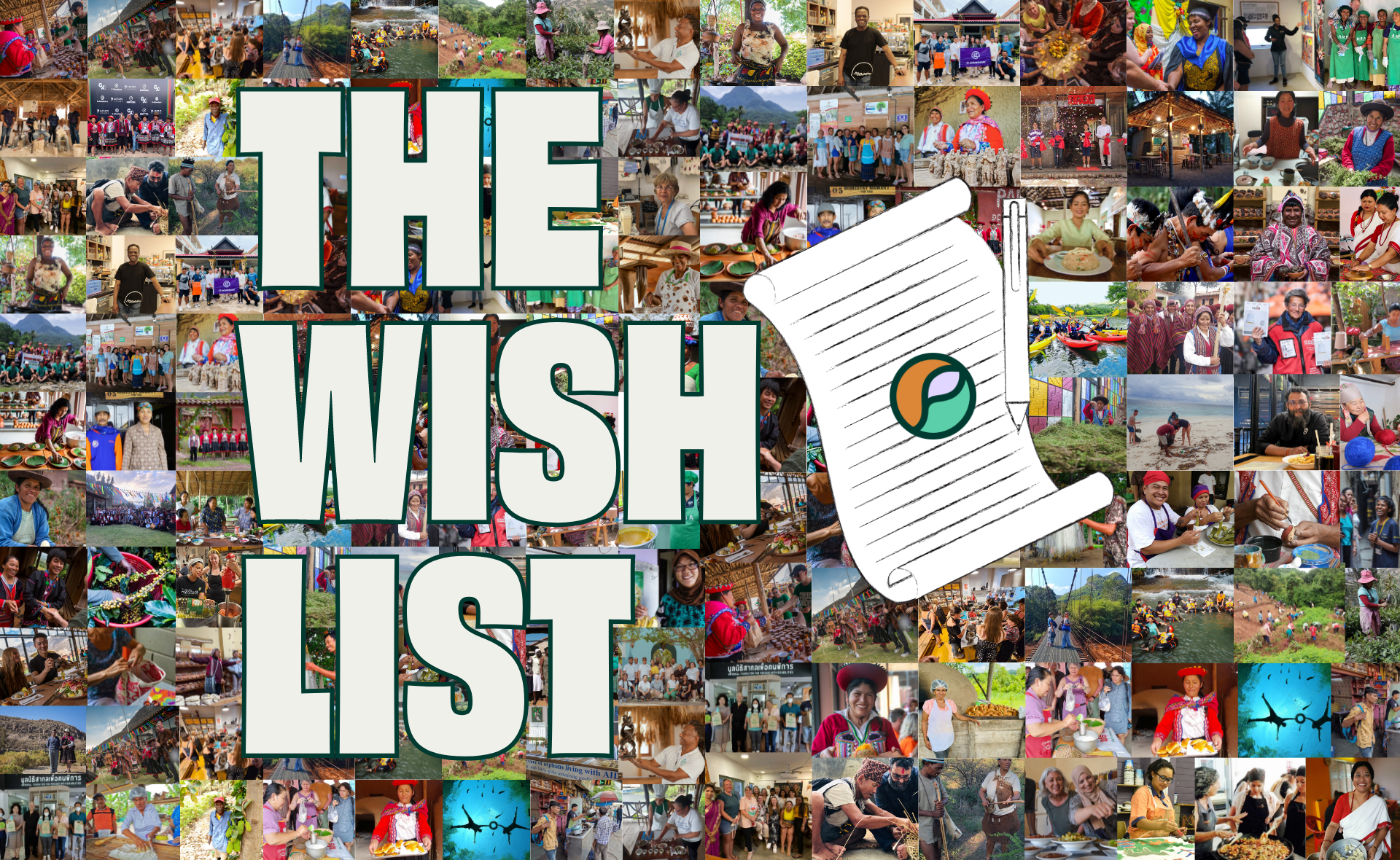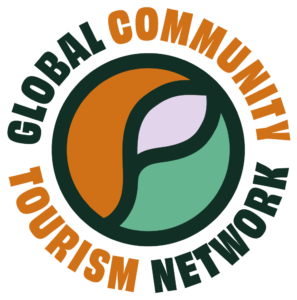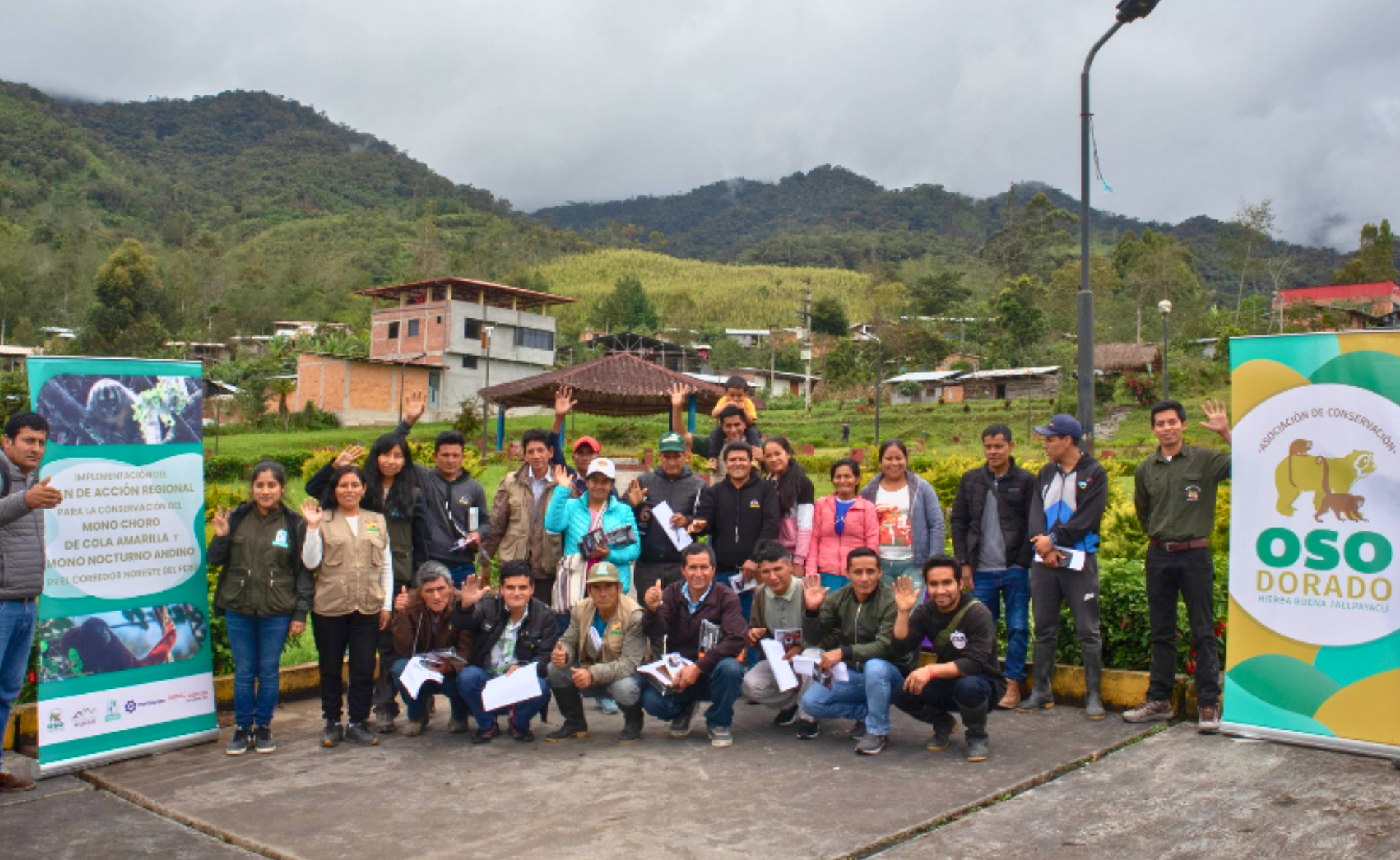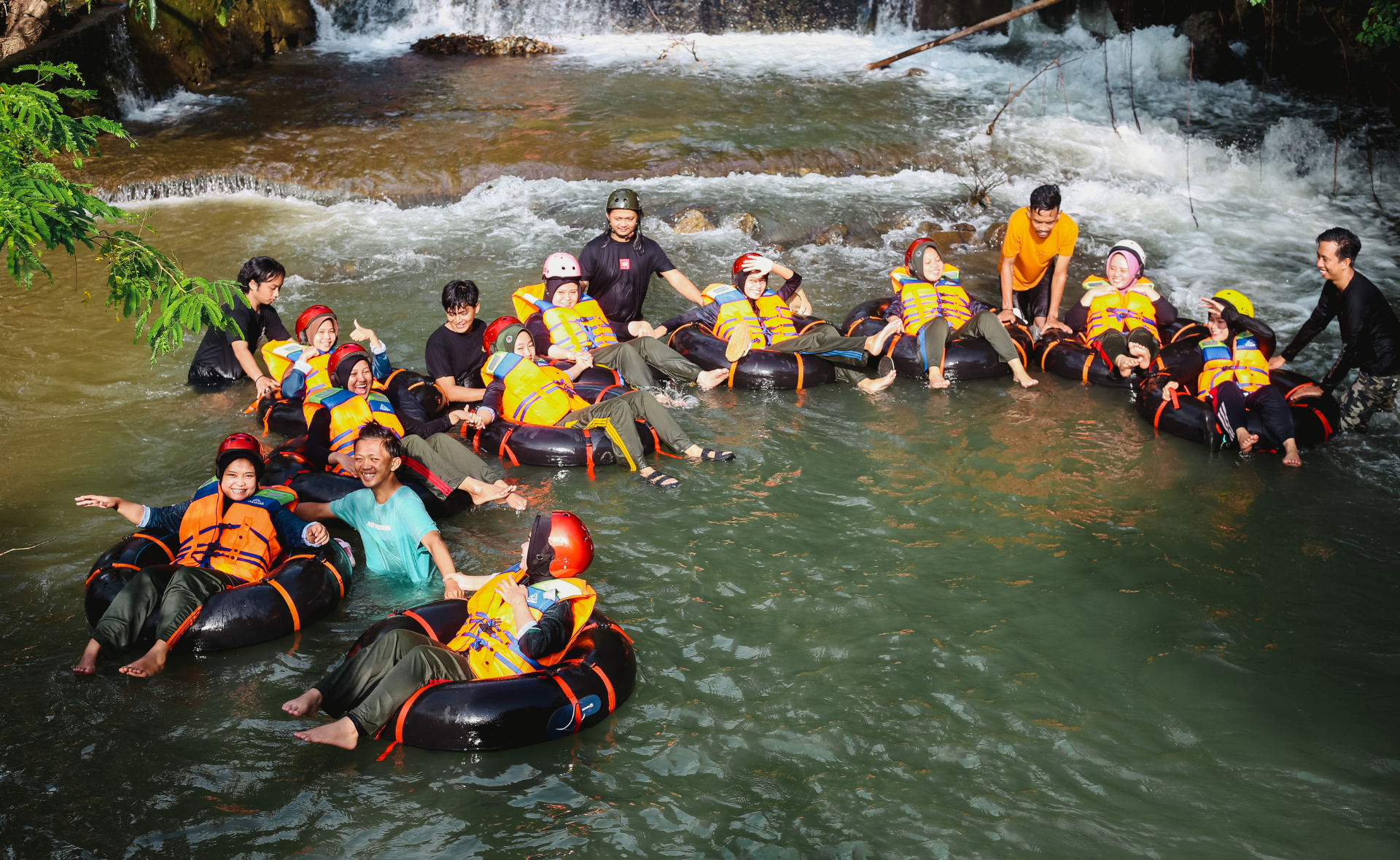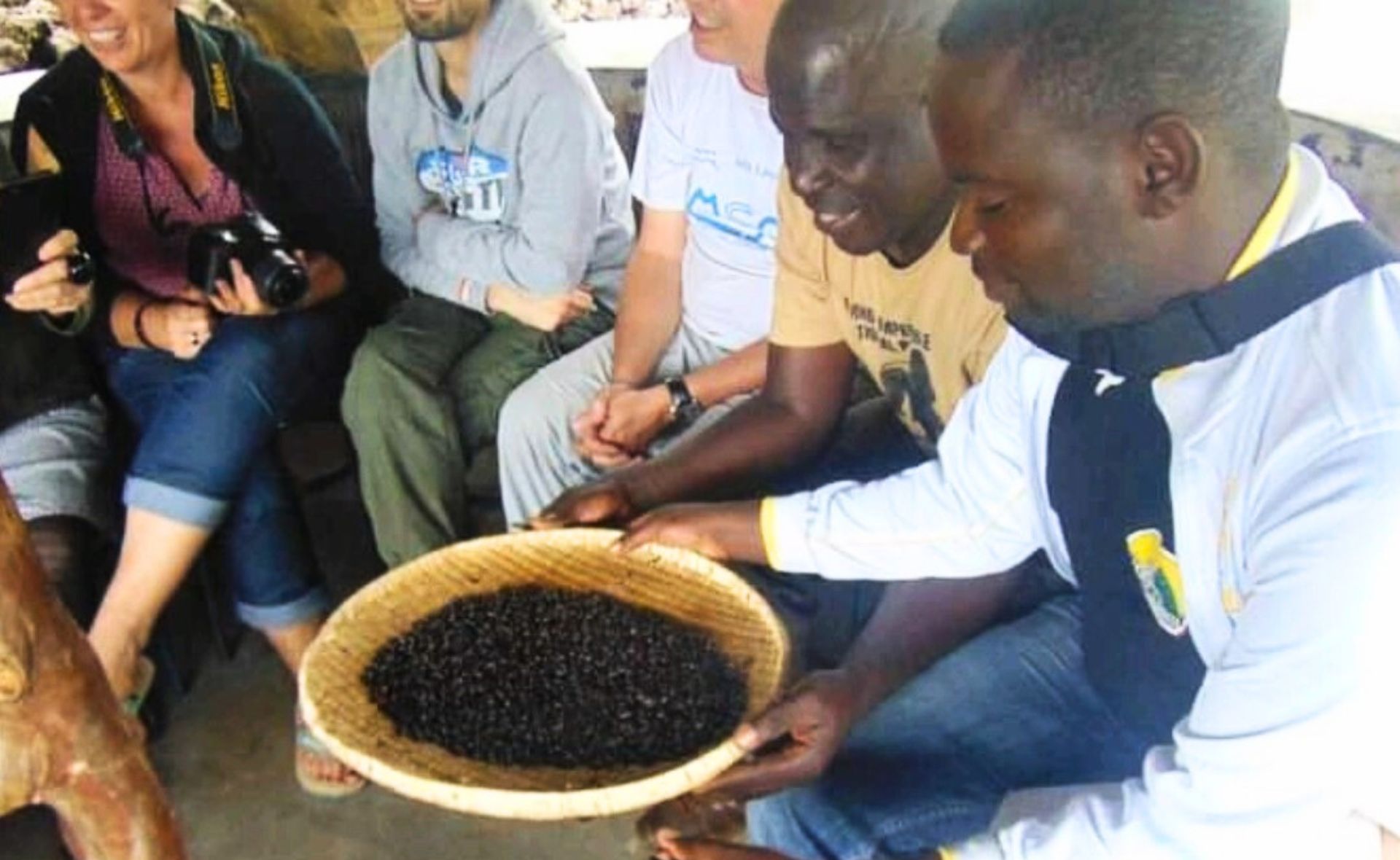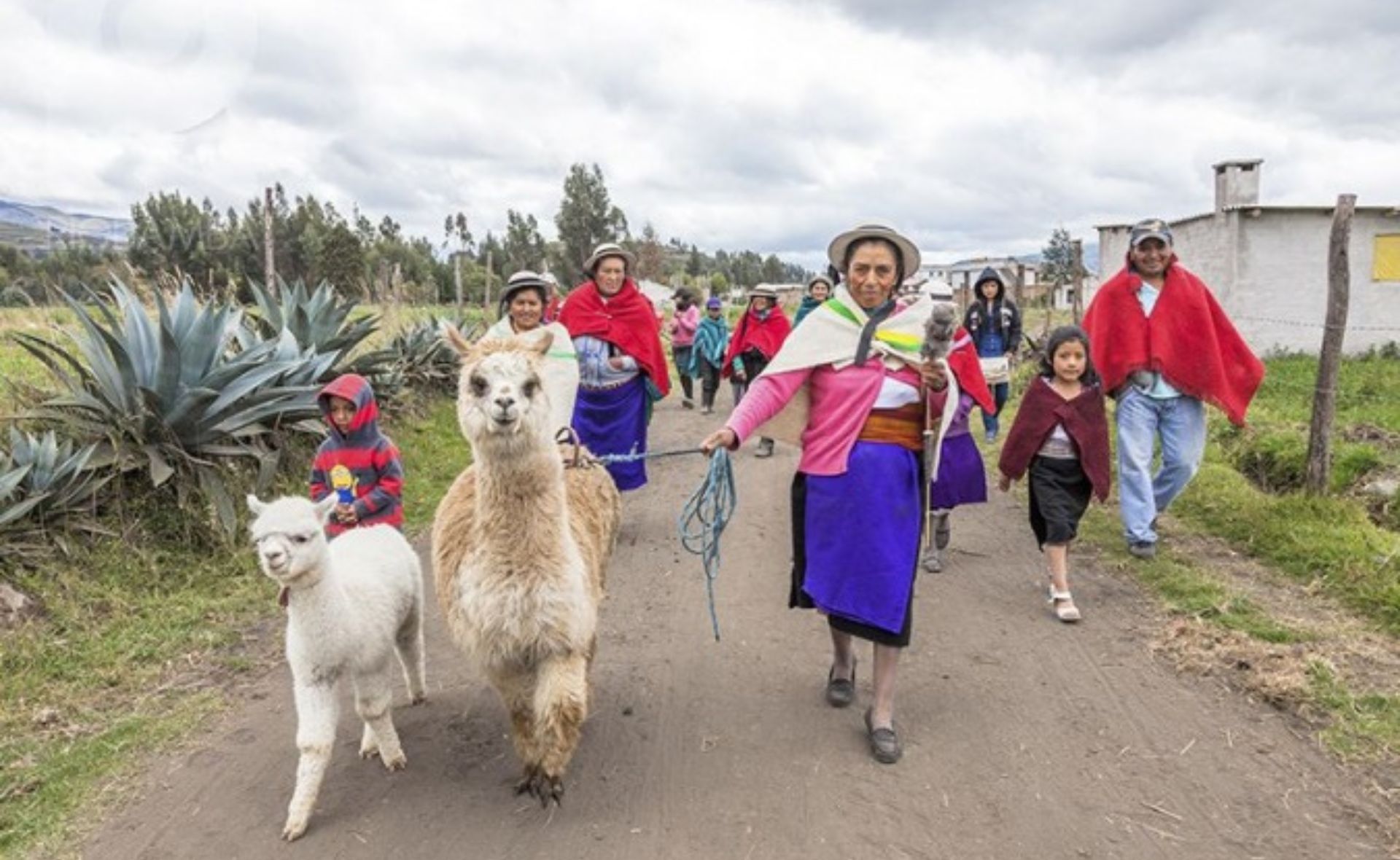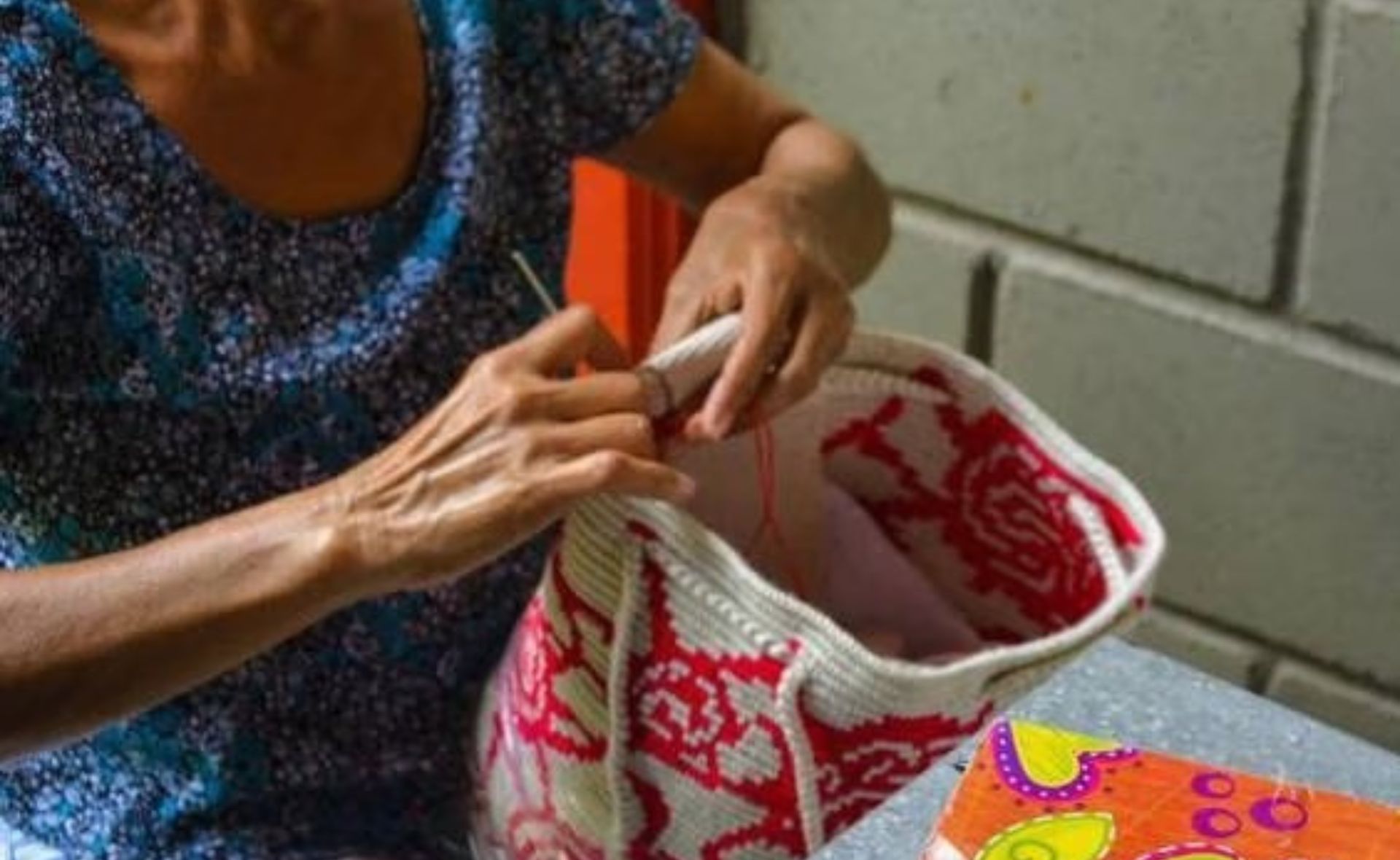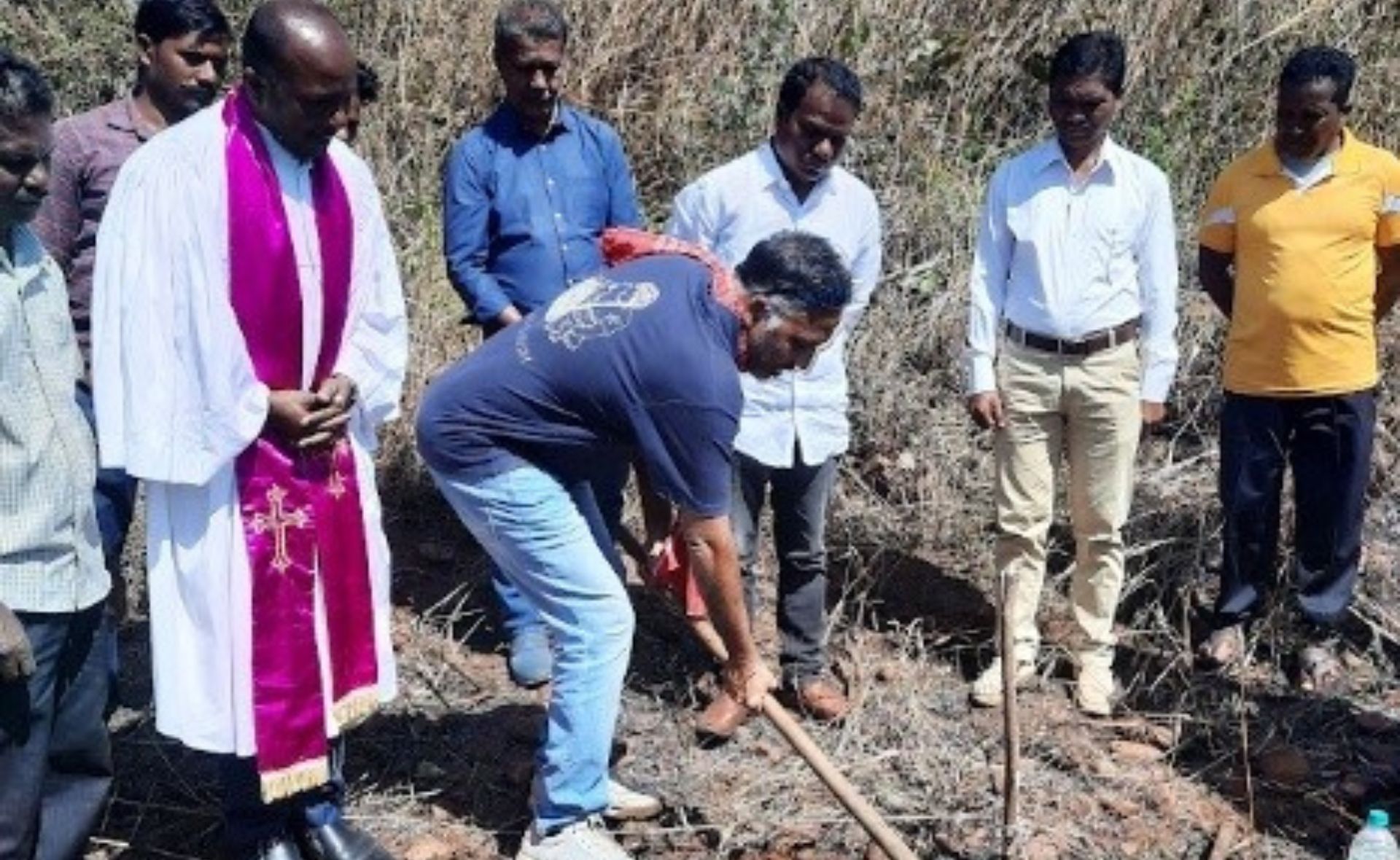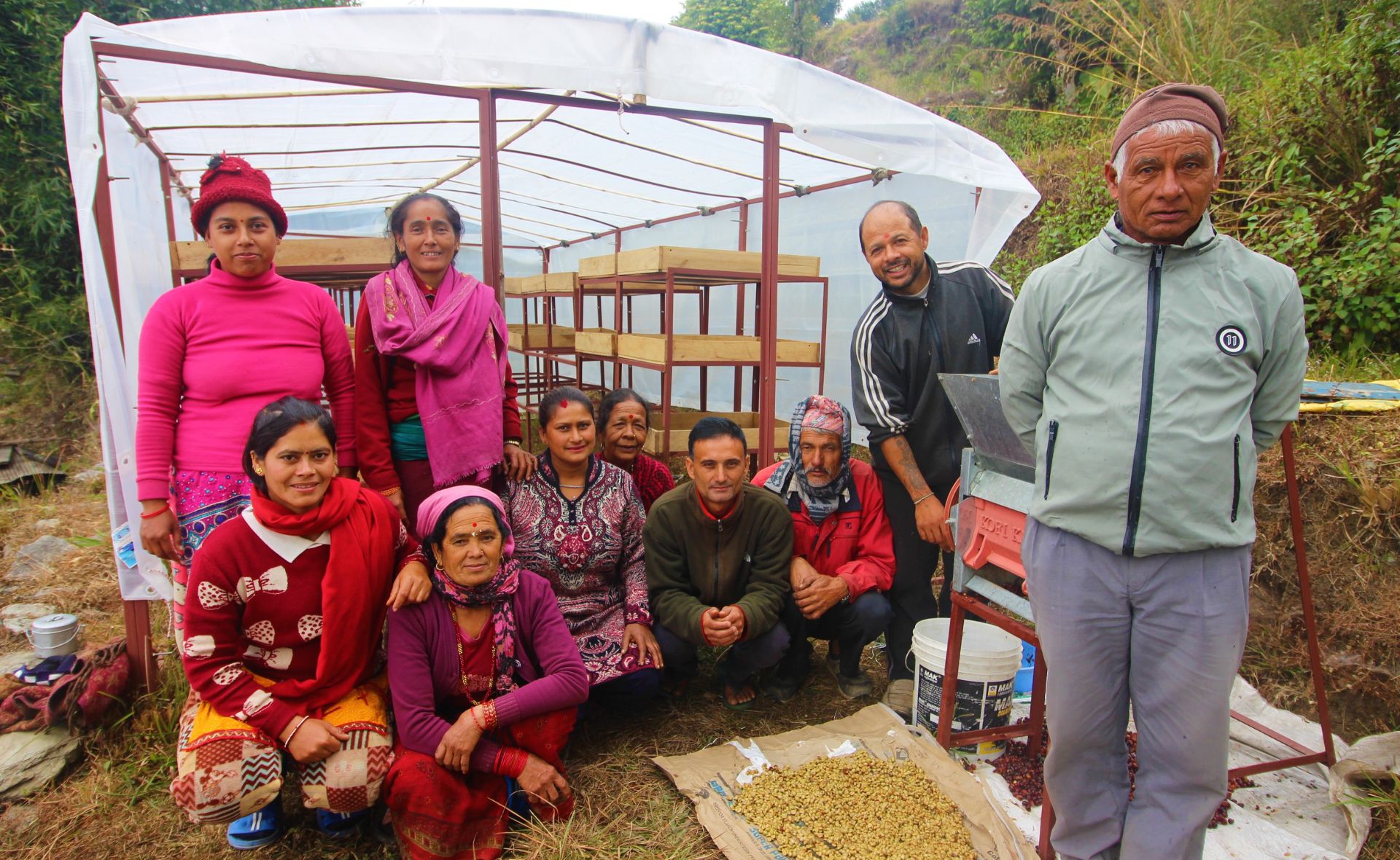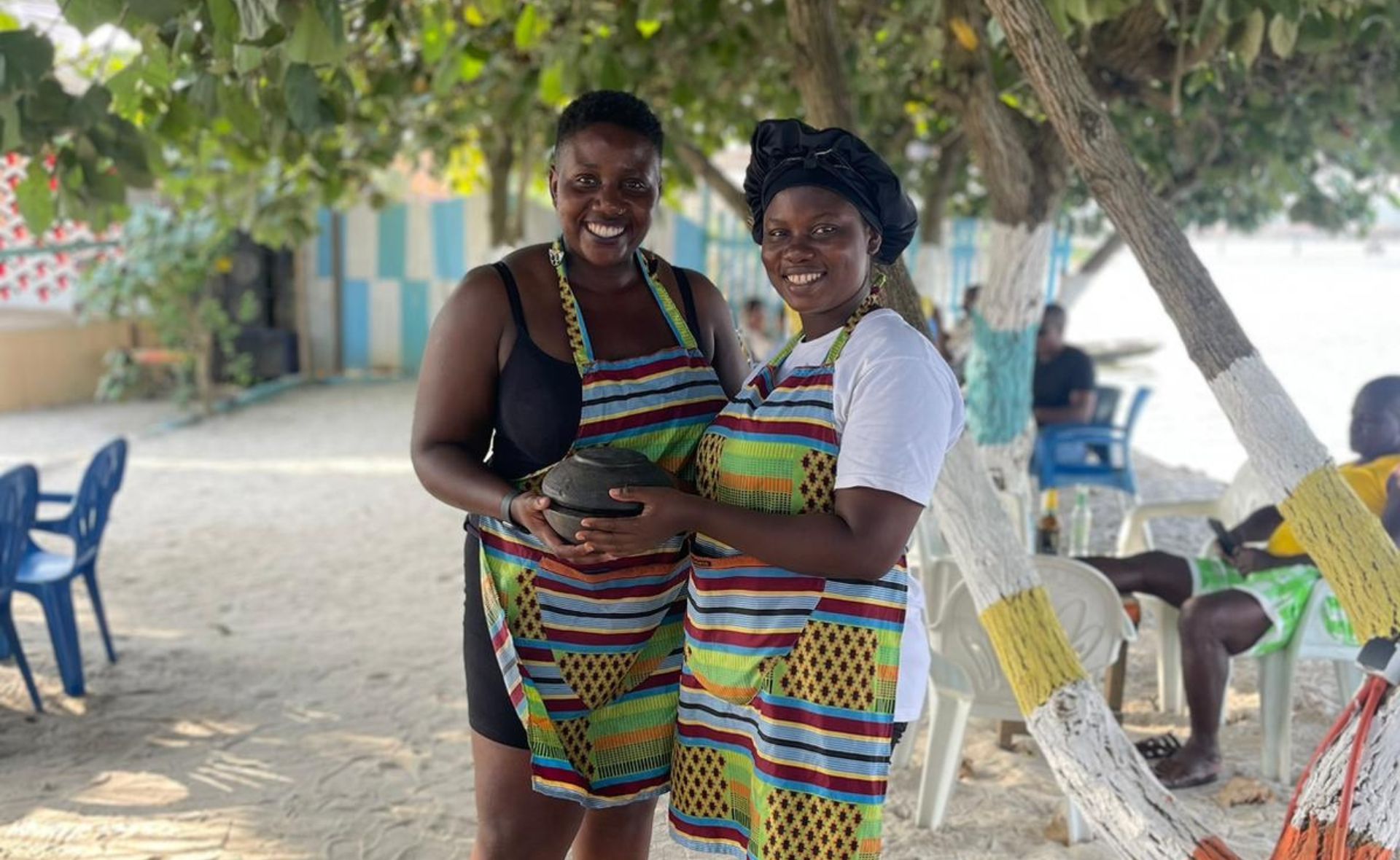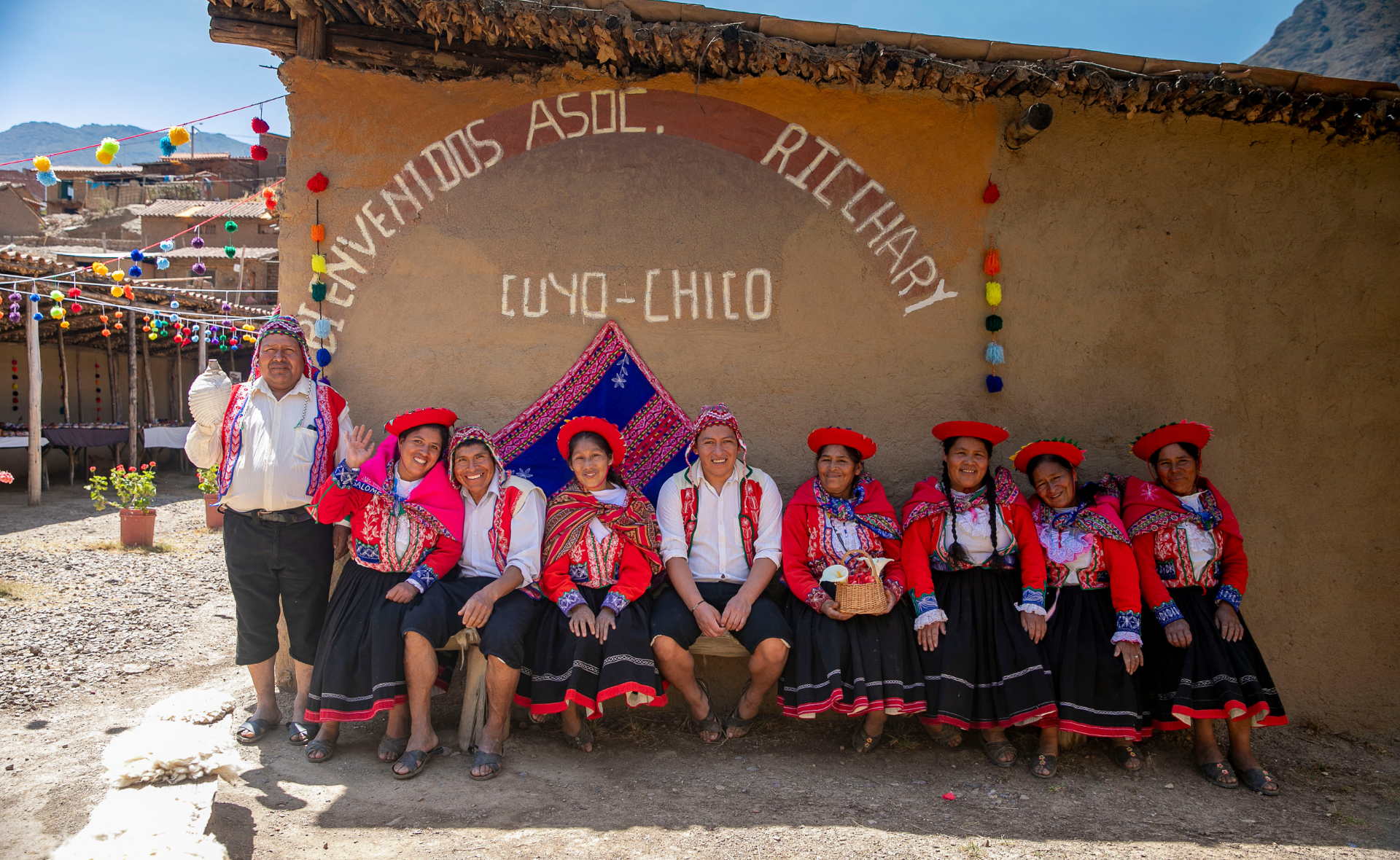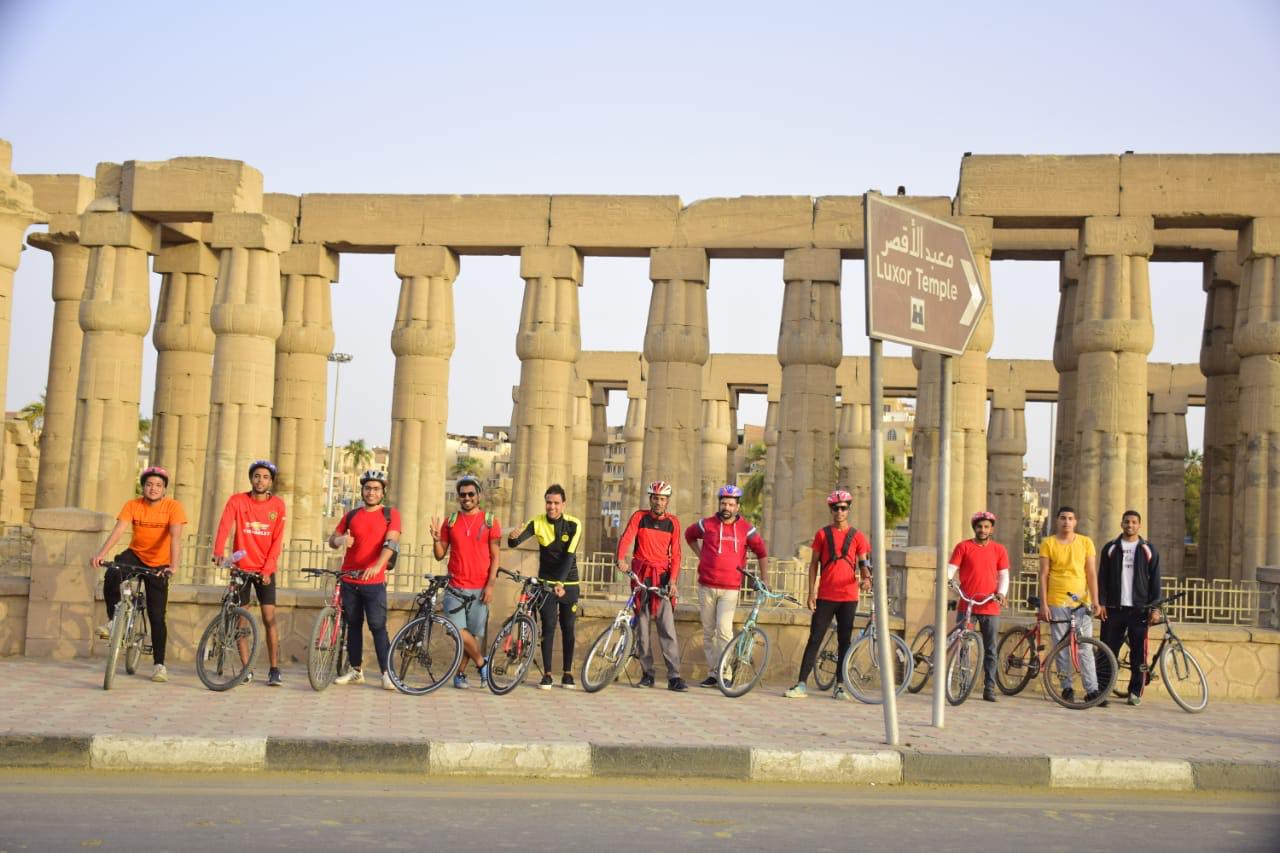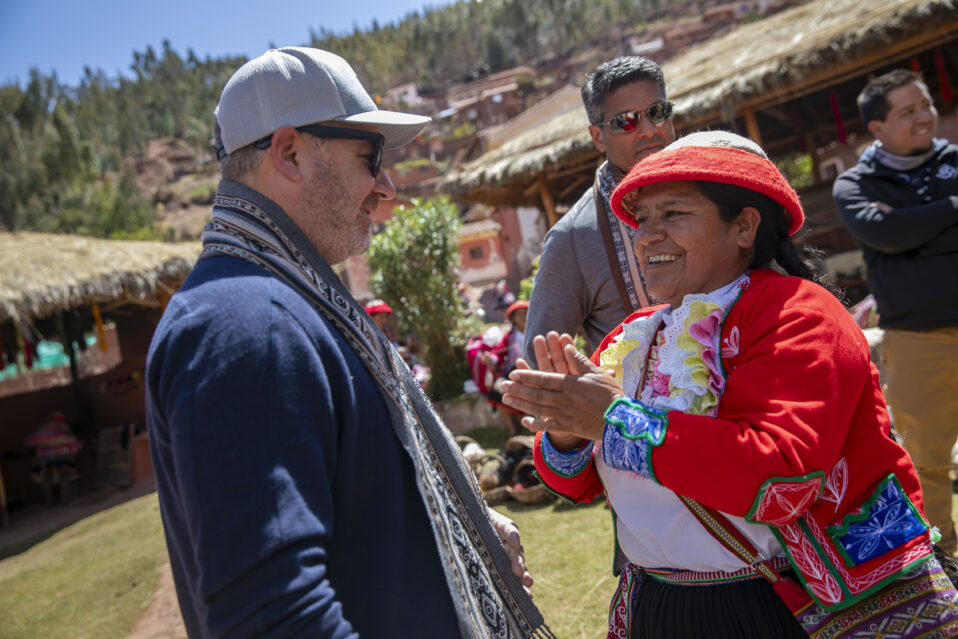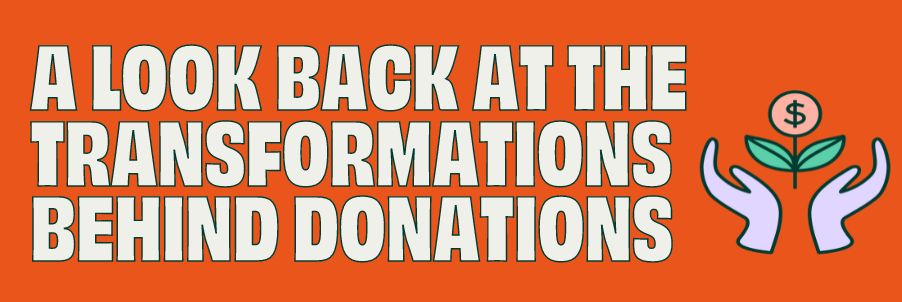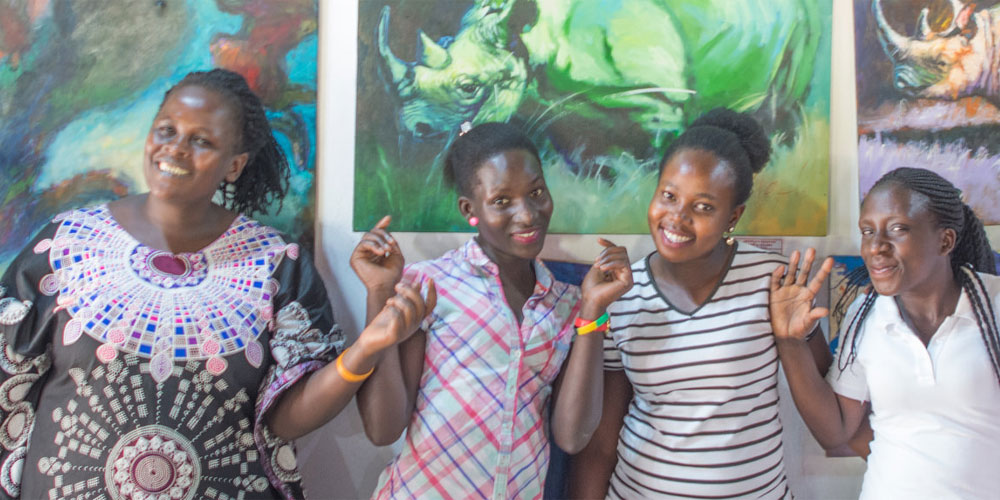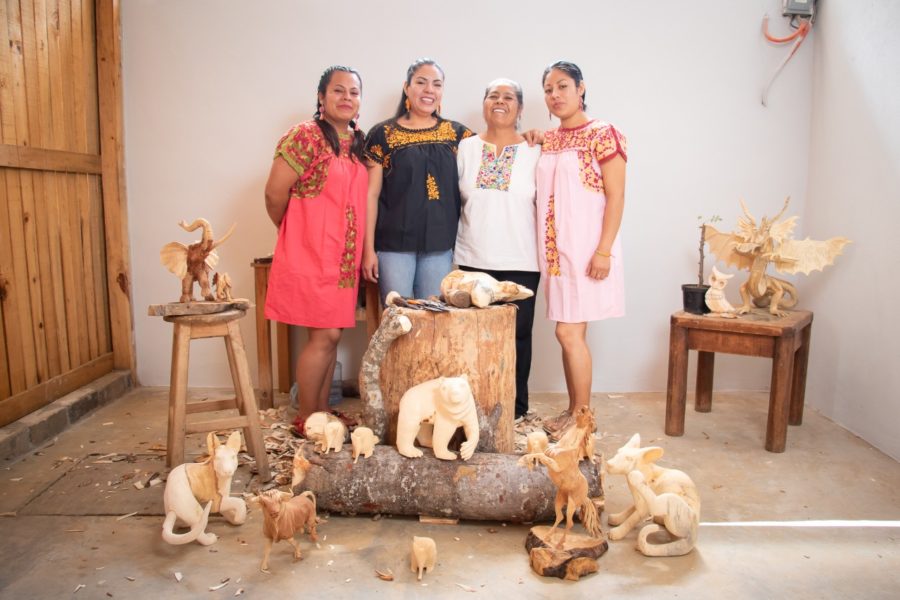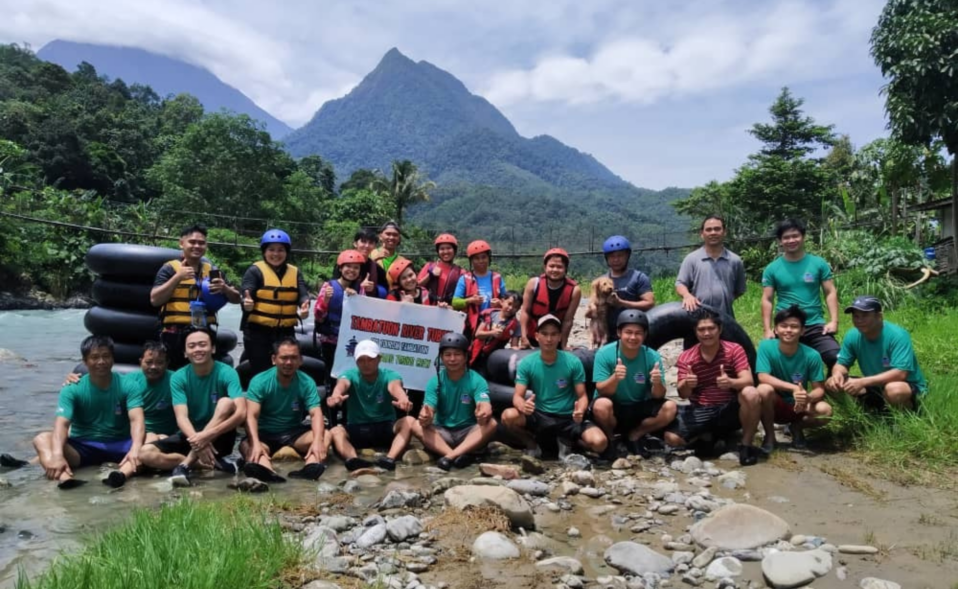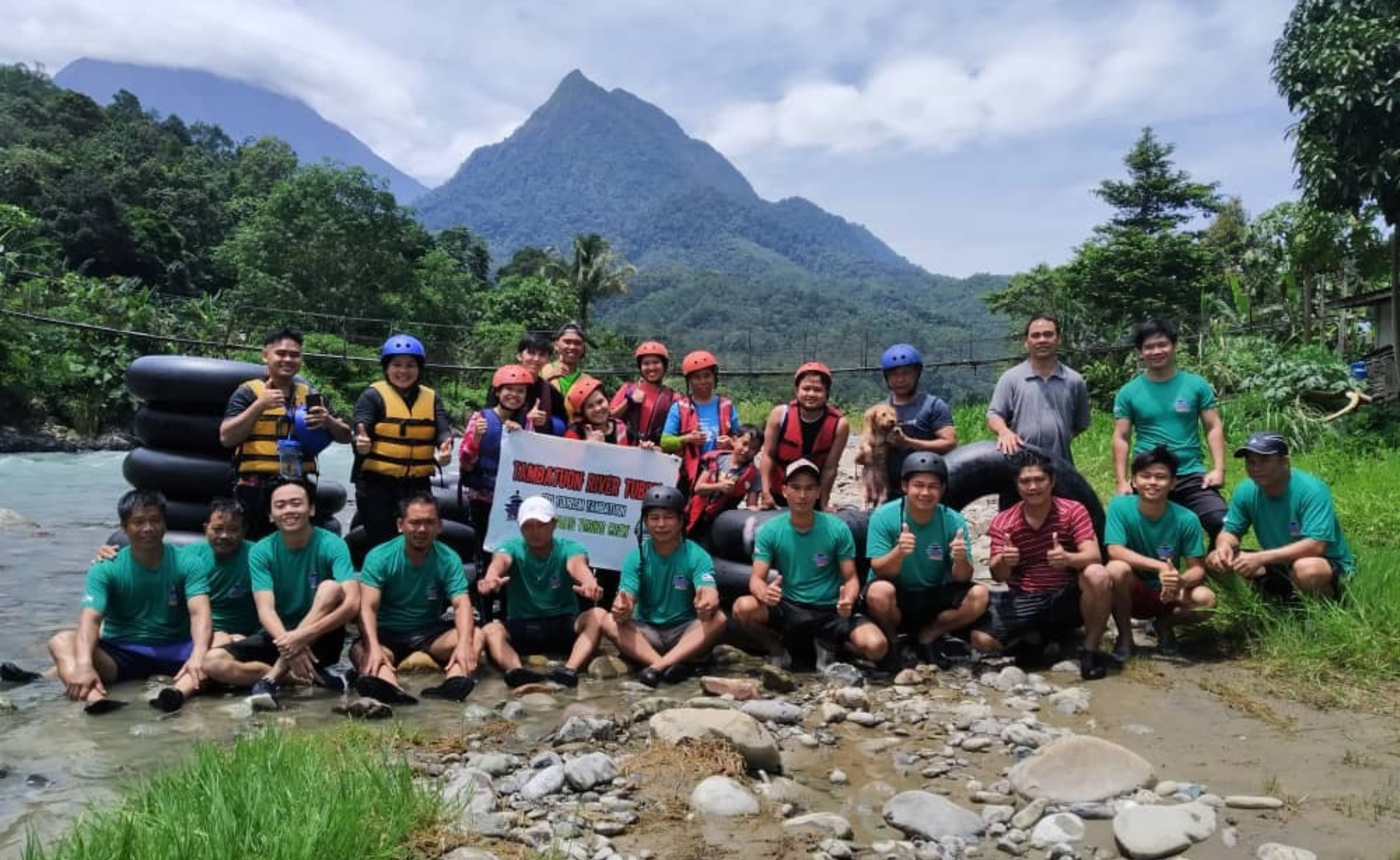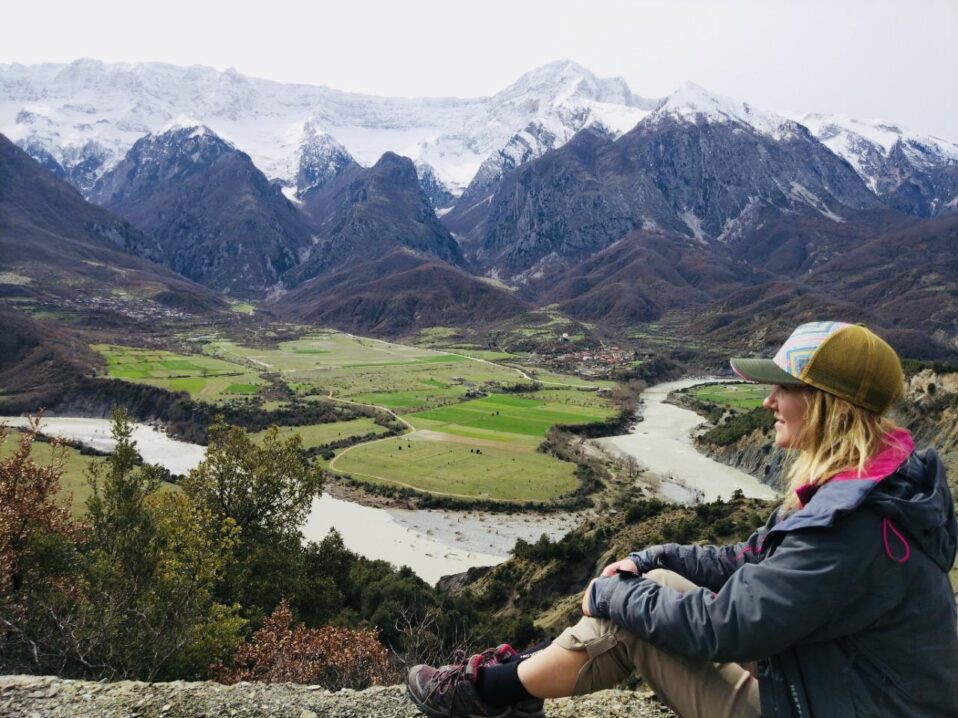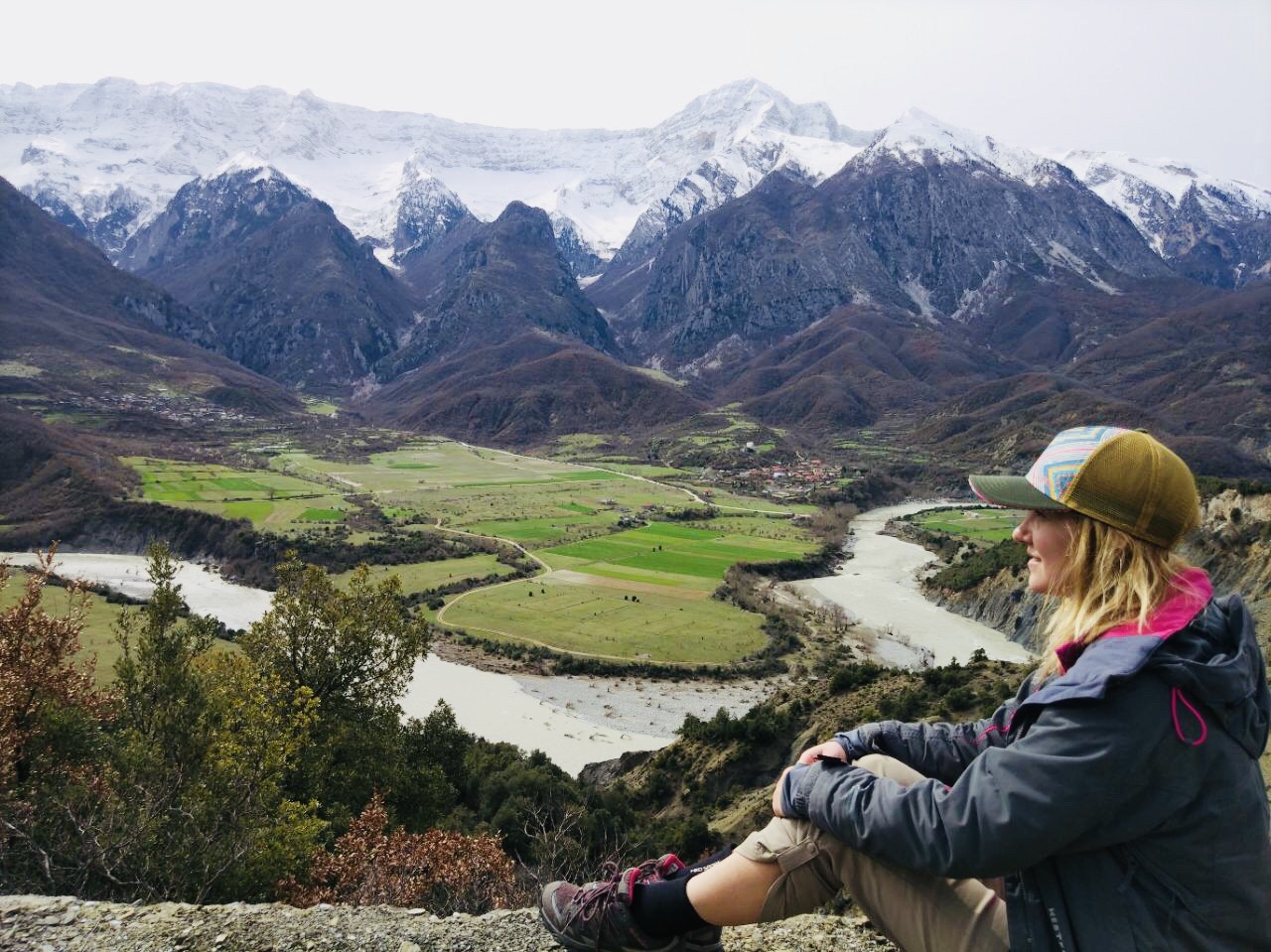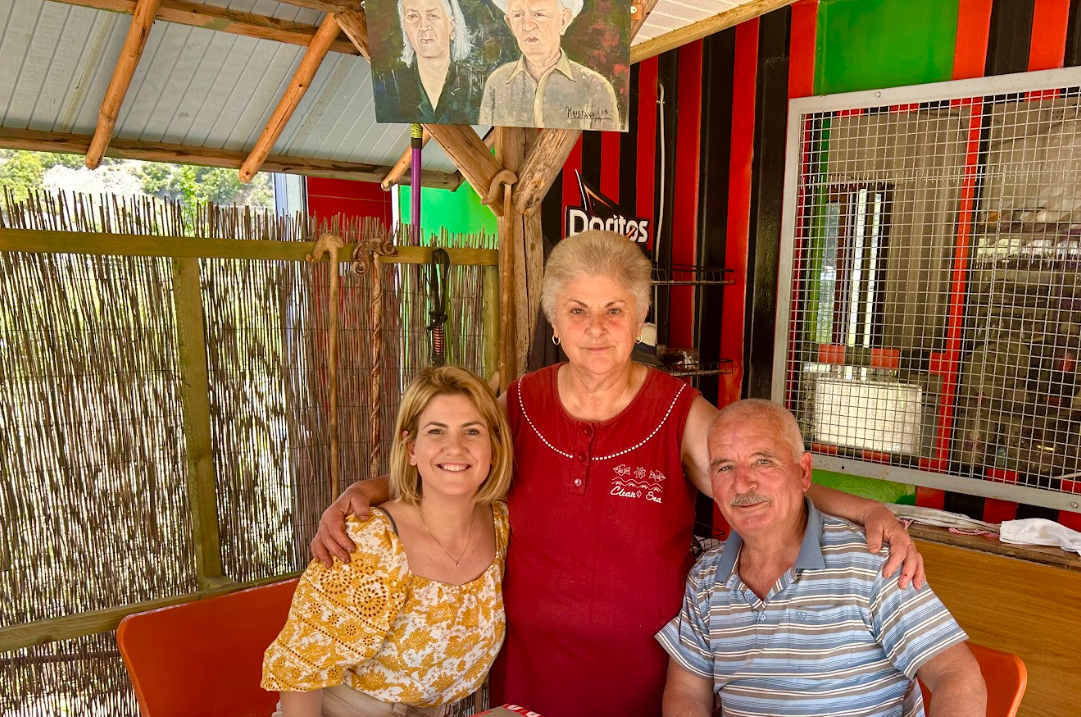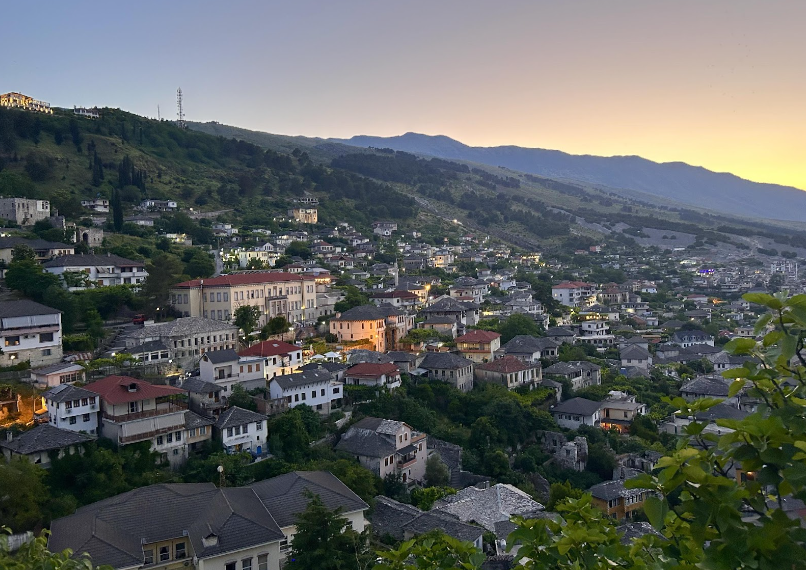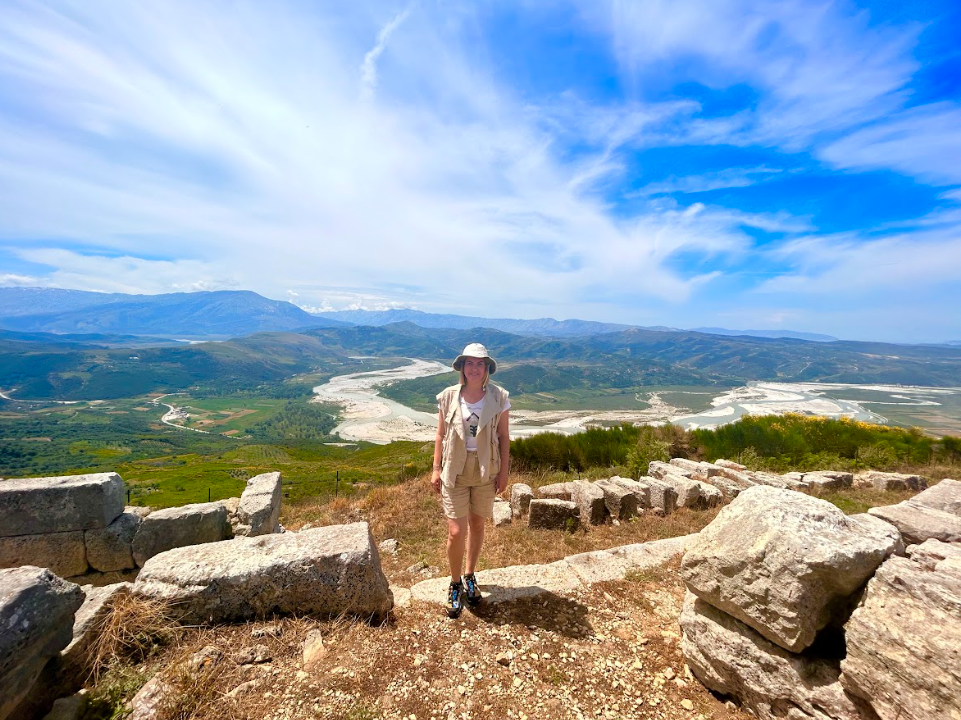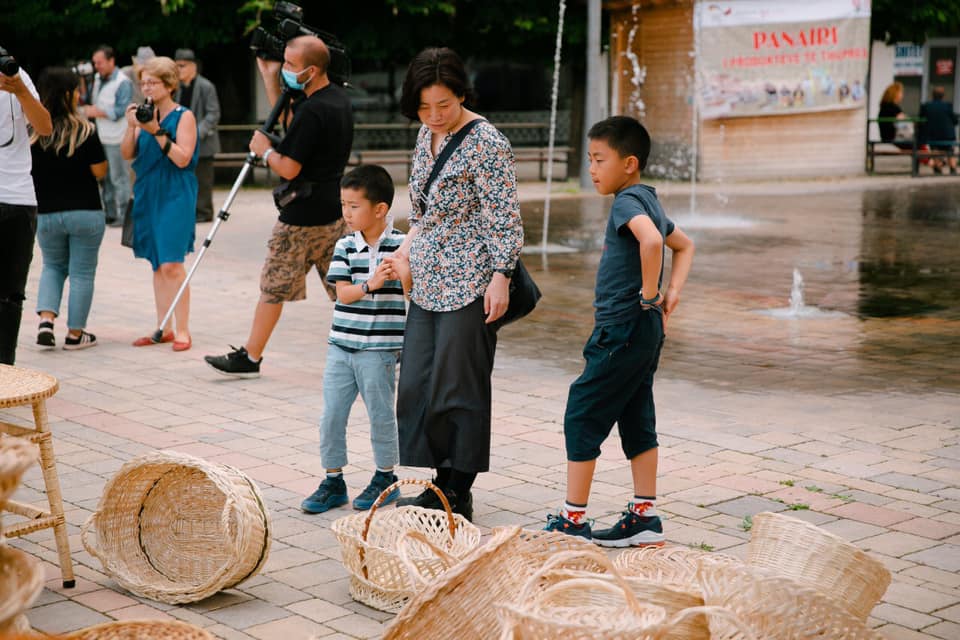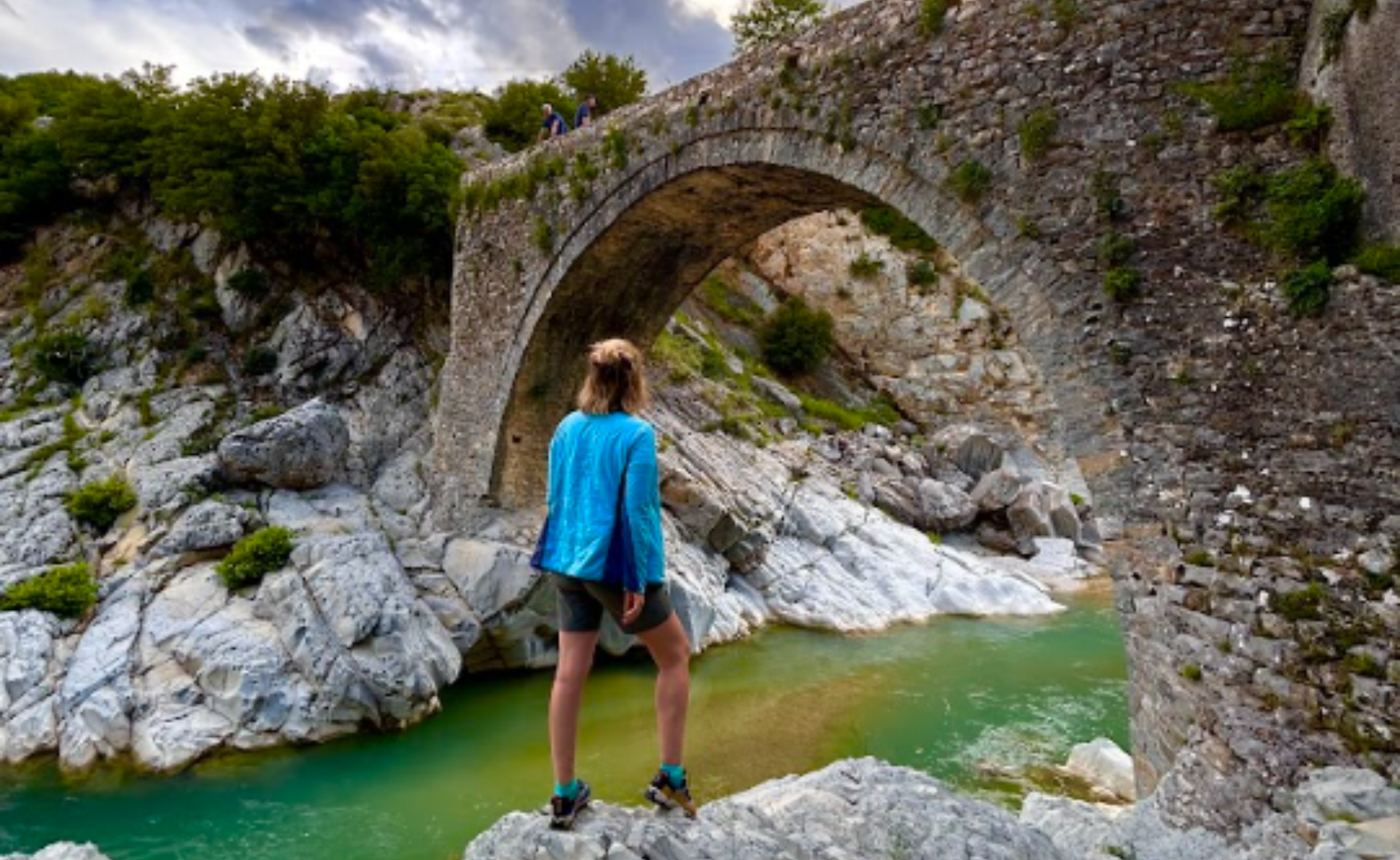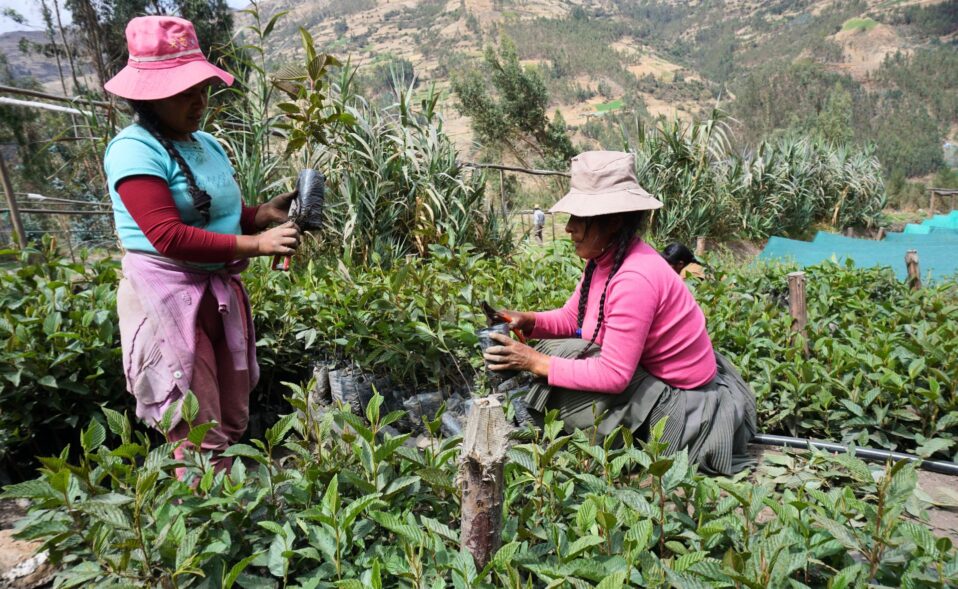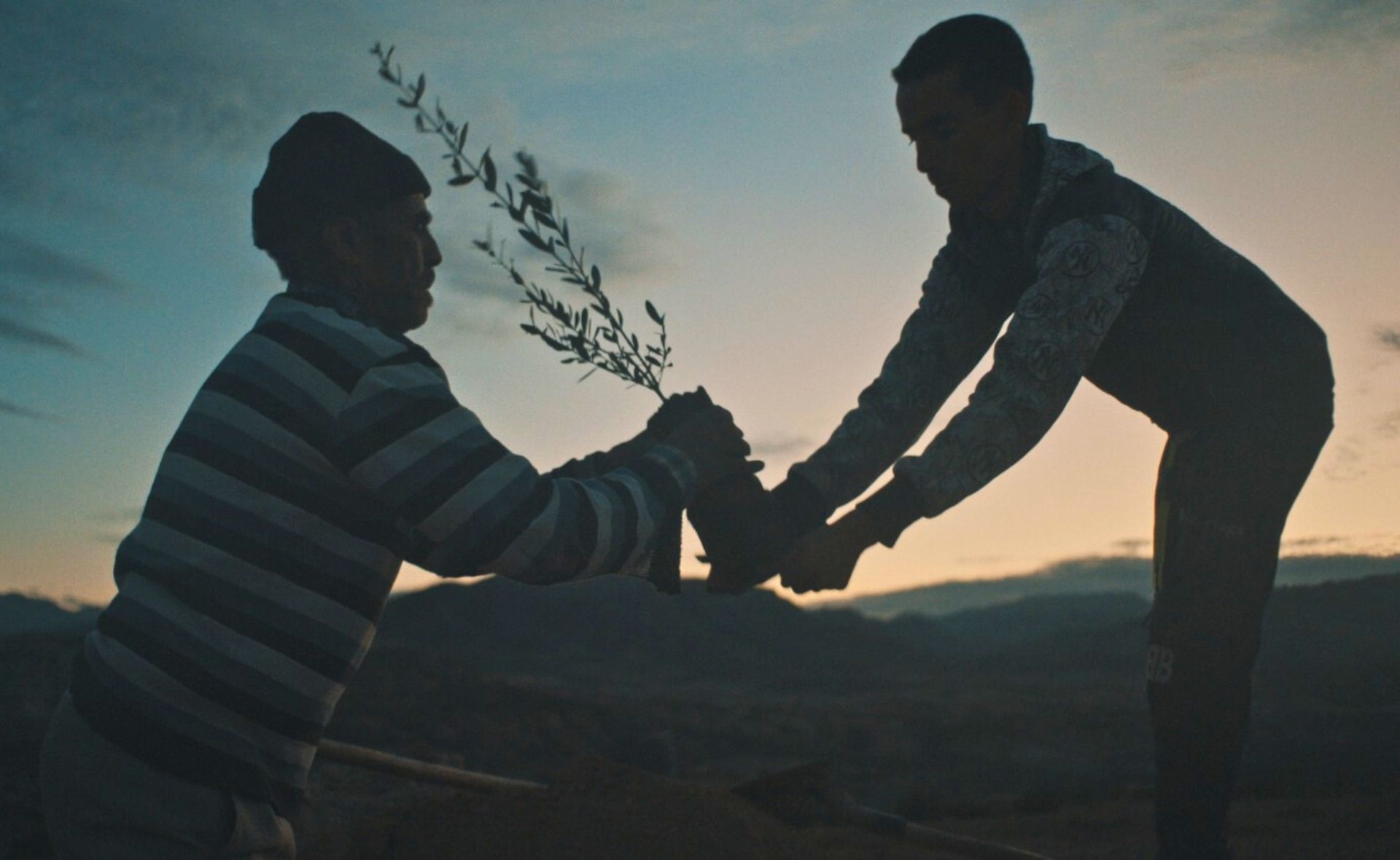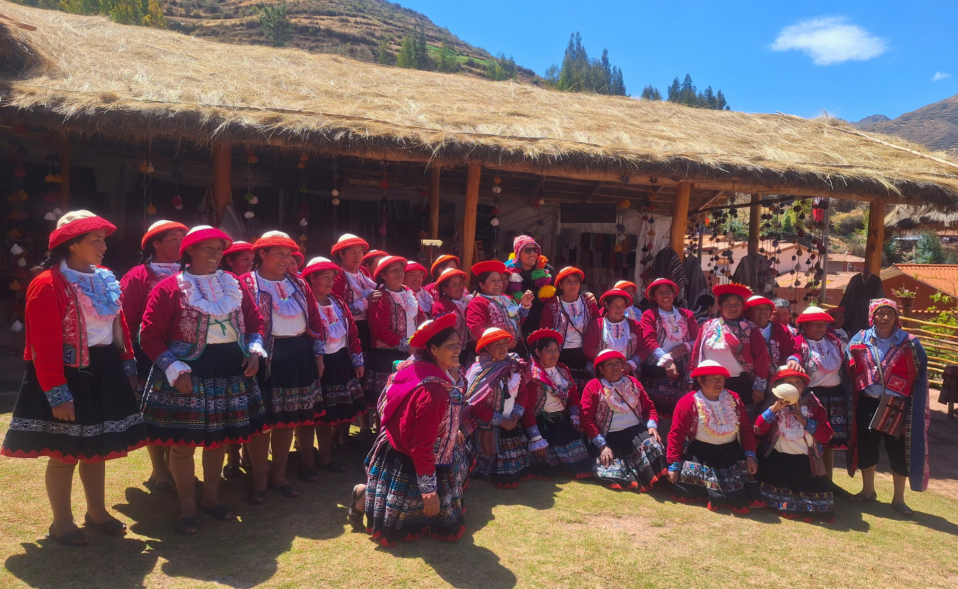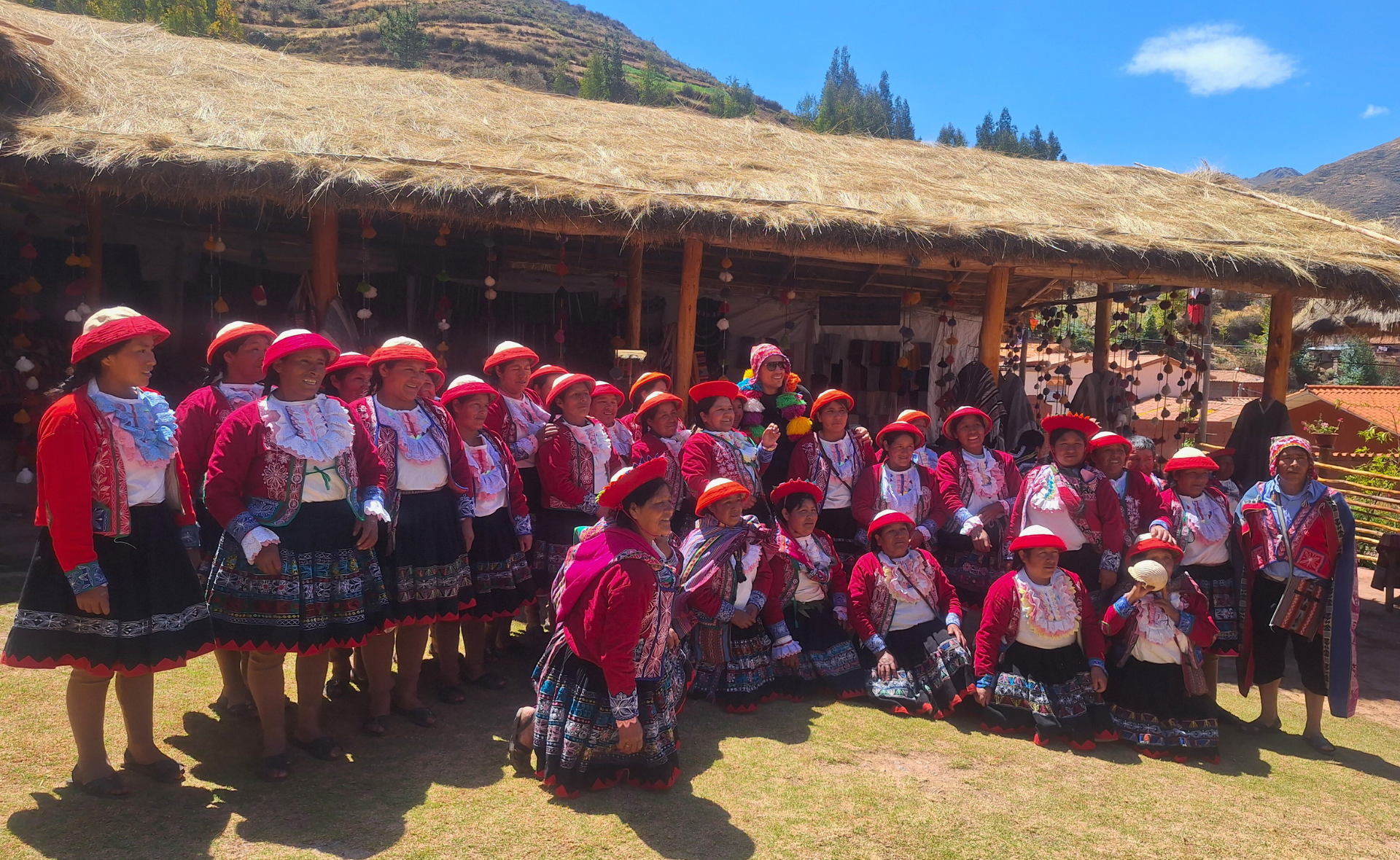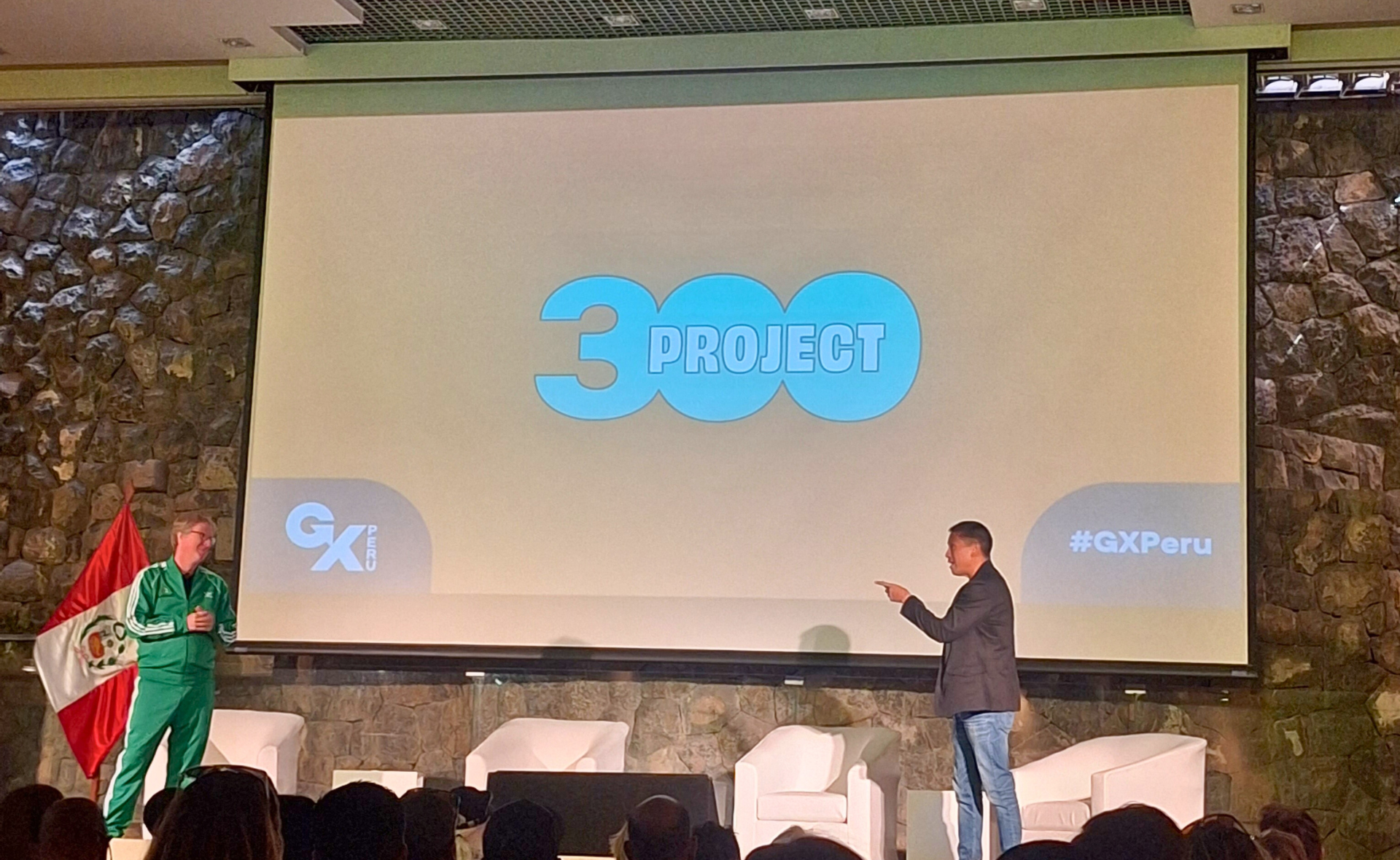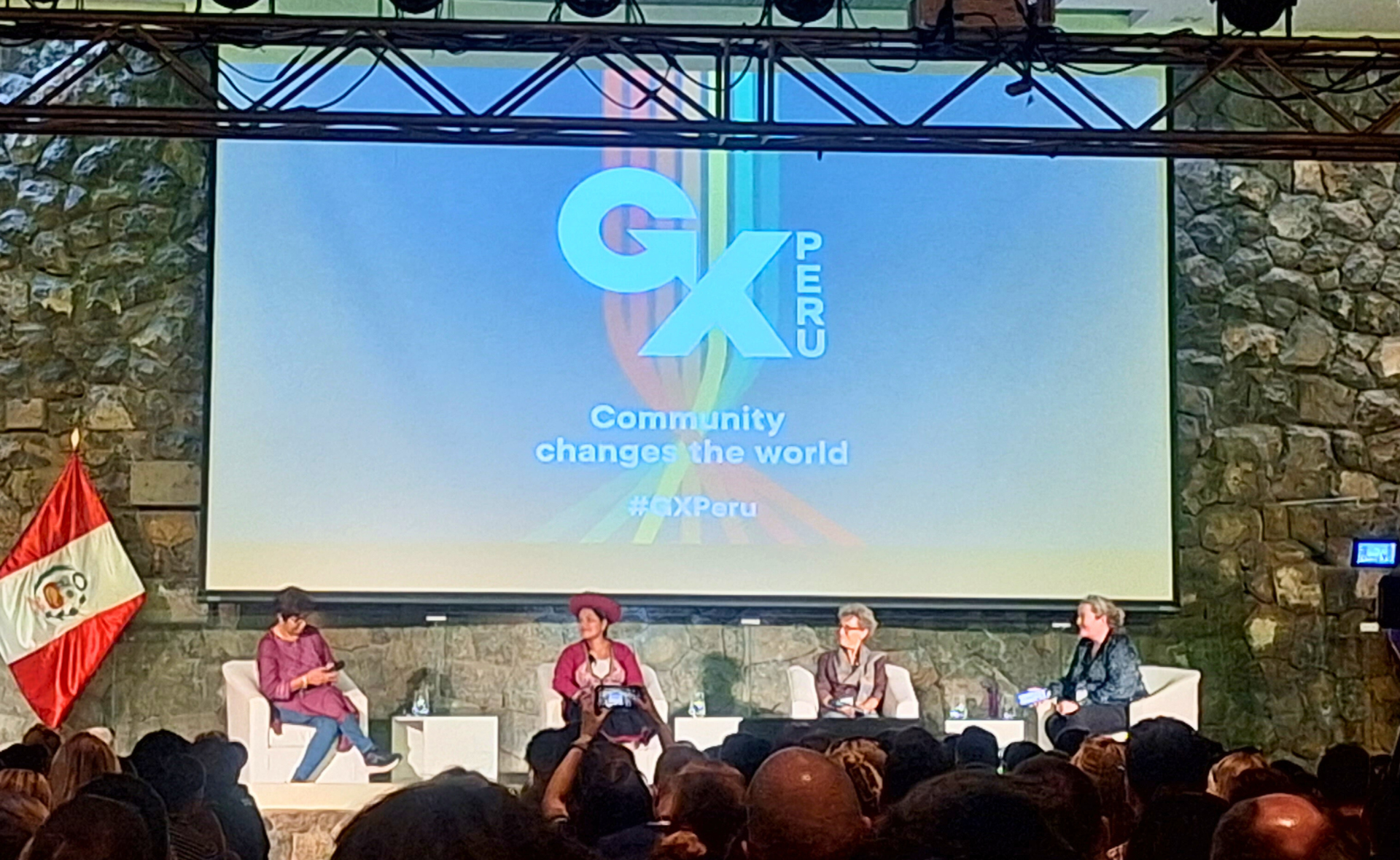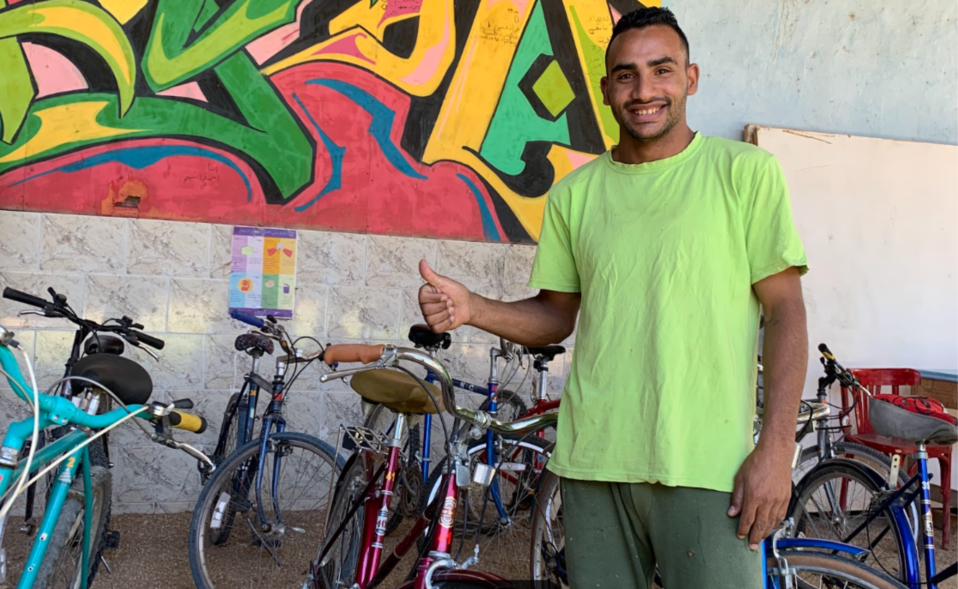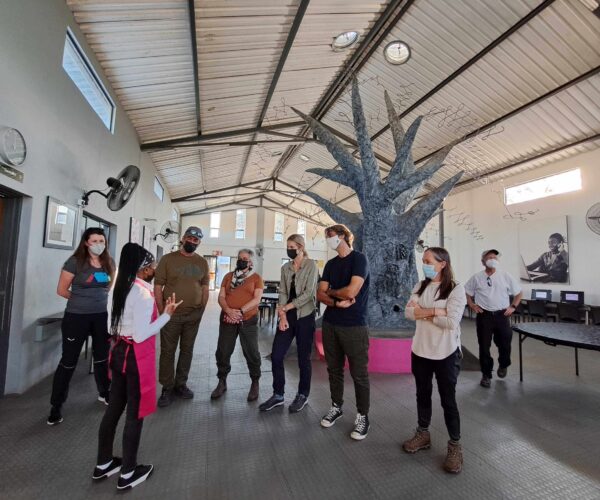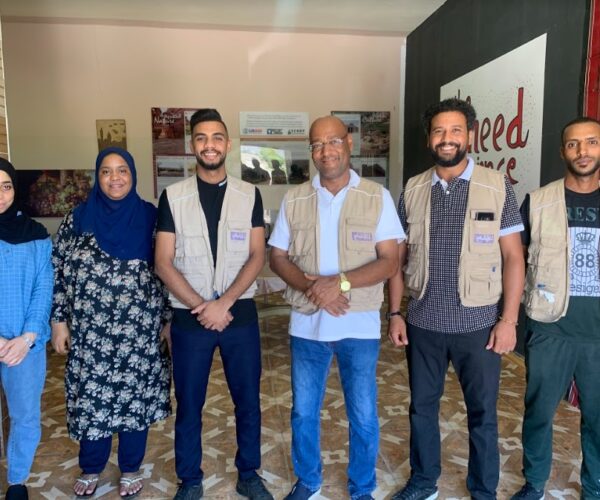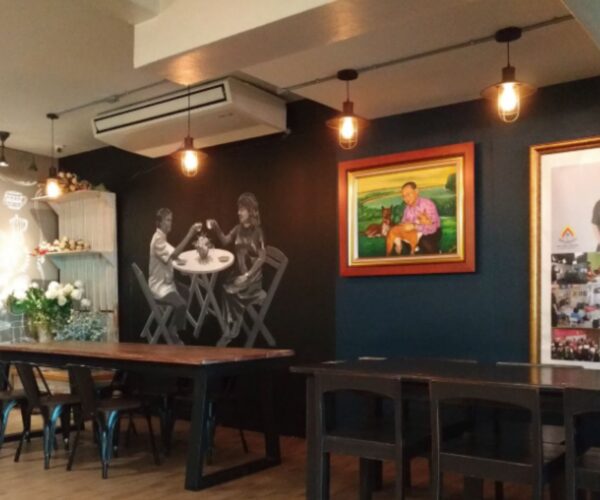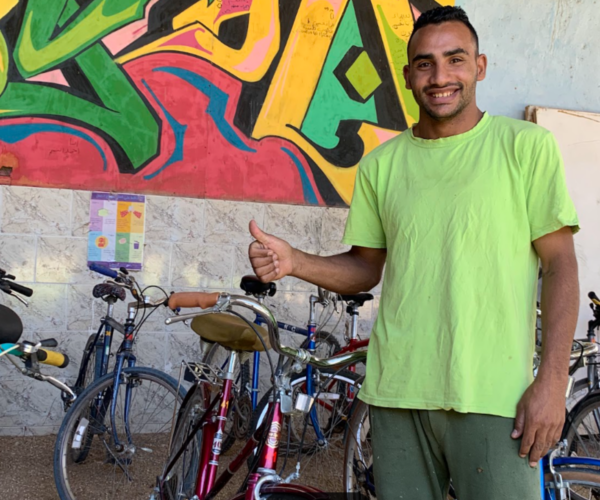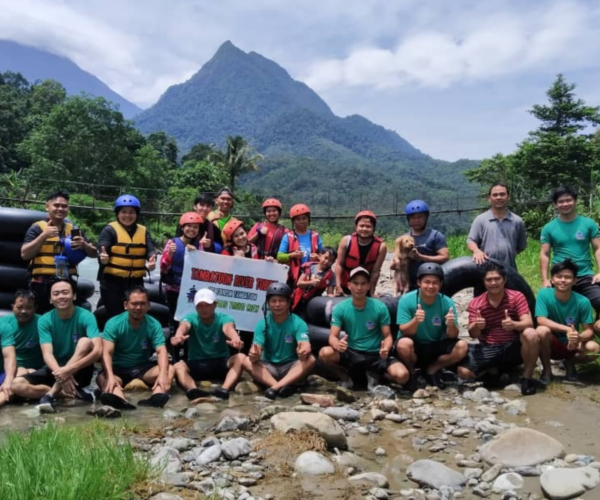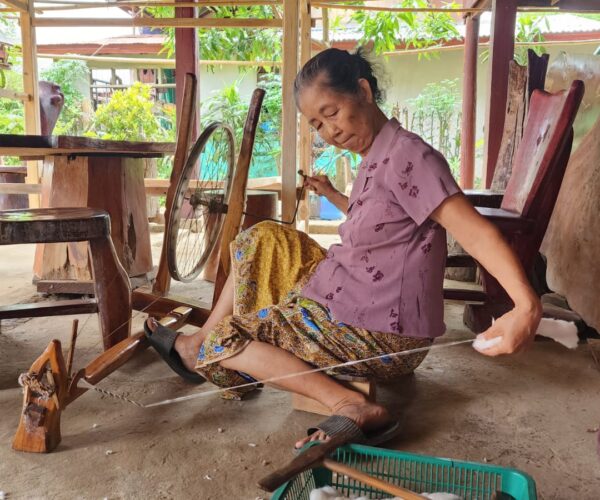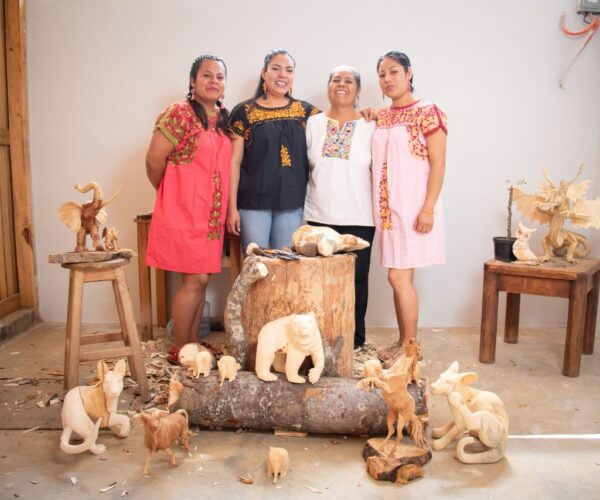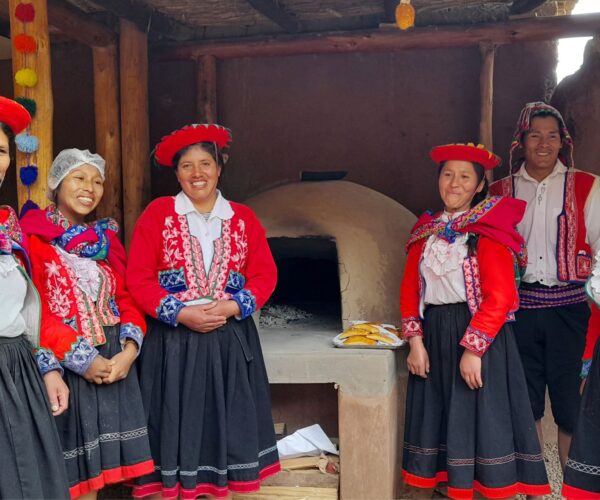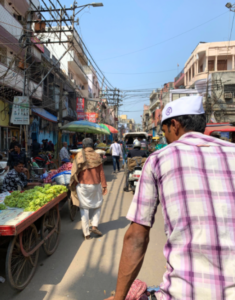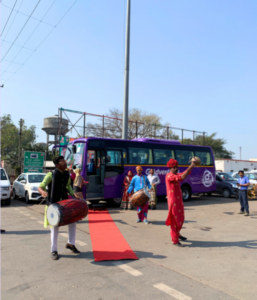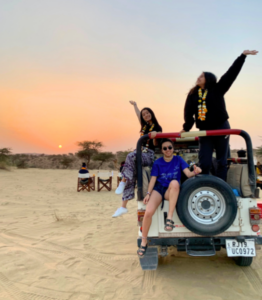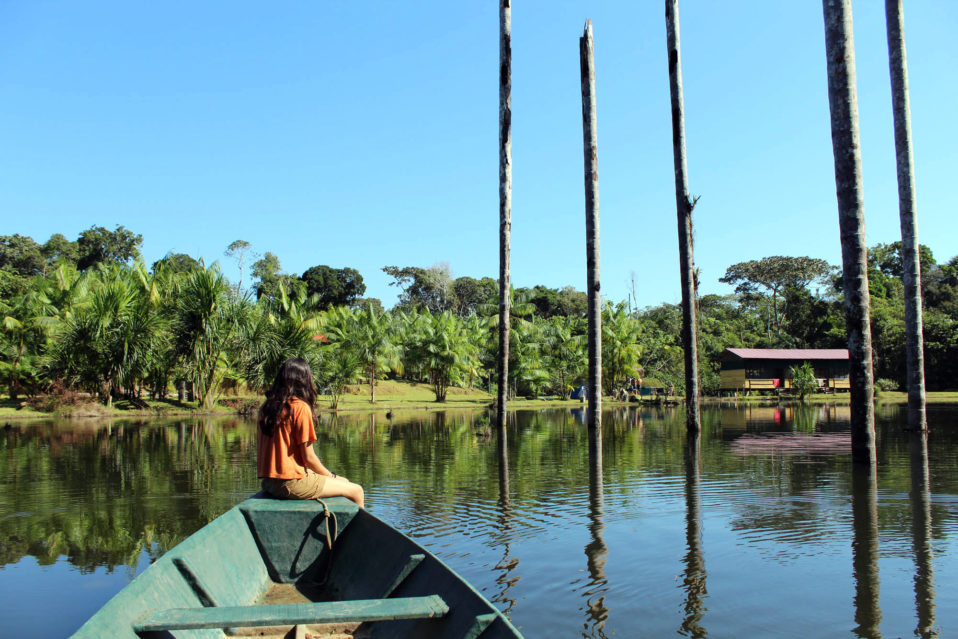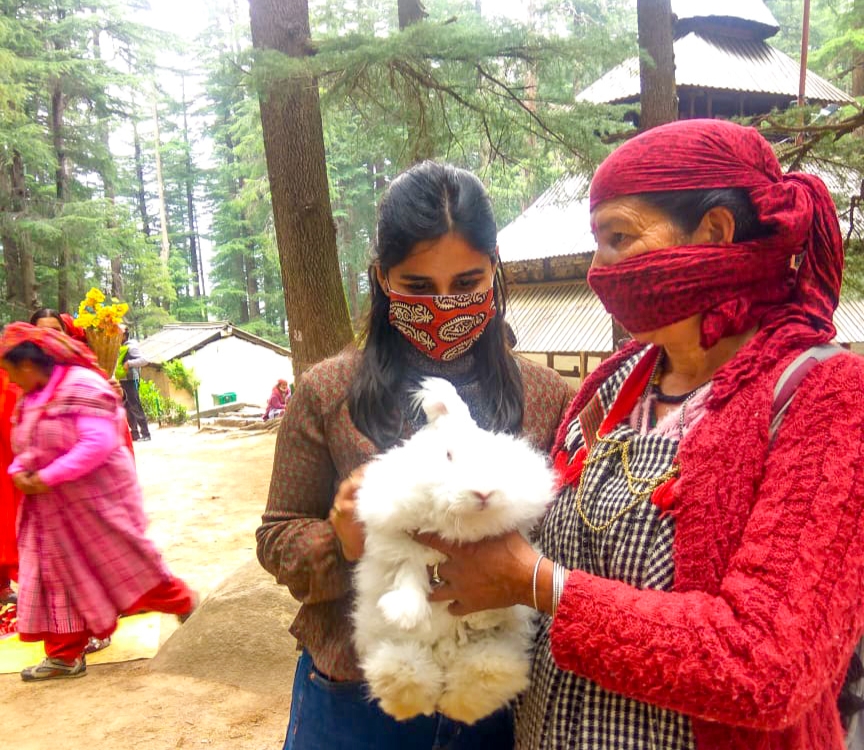Written by Sazza K.C. and Rubik Joshi from Community Homestay Network
Tracing the journey from conception to realization, the Community Homestay Network and Planeterra recently joined forces to unite Global Community Tourism Network (GCTN) Nepal partners in a dynamic marketplace. Hear our story of how we turned an idea into a reality, along with the key takeaways and lessons learned from the event.
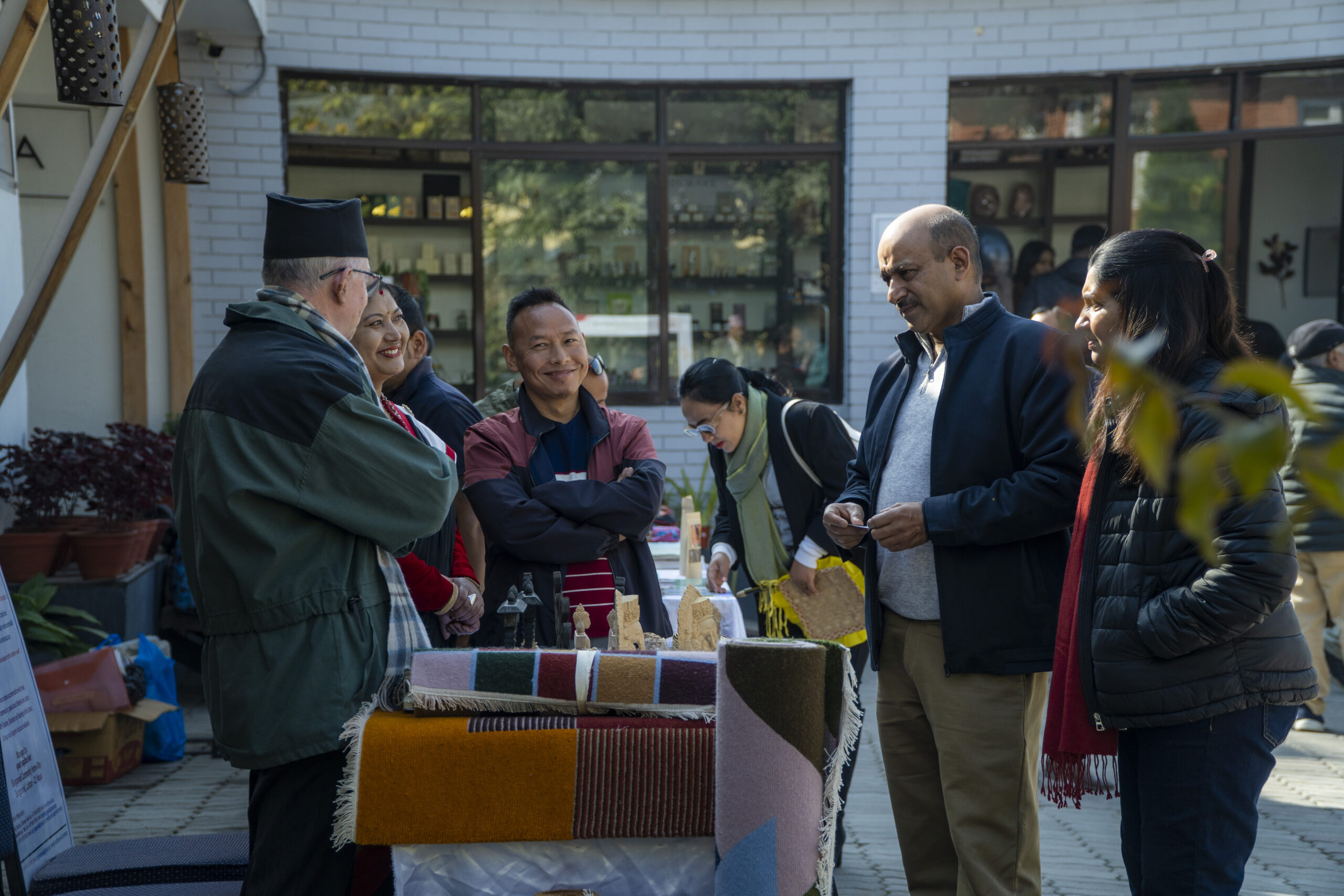
Forging a Sustainable Future: Planeterra and CHN's Visionary Partnership in Community-Based Tourism
Established by Planeterra during the pandemic, the Global Community Tourism Network (GCTN) stands as a beacon of support for community tourism enterprises worldwide, actively dismantling barriers in the tourism marketplace. Through engaging activities like offering access to enriching online learning opportunities, fostering global connections among like-minded peers, and championing partnerships for increased visibility and sustainability, the GCTN is empowering community tourism enterprises to reach new heights. The emphasis here is on growth, learning, and collaboration—key ingredients for transforming dreams into reality.
As an active supporter of community tourism, Planeterra has been working together with the Community Homestay Network to support various community tourism enterprises and initiatives in Nepal. The objective of this partnership is to strengthen community tourism in Nepal by providing funding and knowledge-sharing sessions by bringing them under the GCTN partner network. The Community Haat Bazaar was one such initiative.
In the wake of the Planeterra team’s visit to Nepal for the First in-person meet of the GCTN, an interesting idea surfaced—to unite local members of the network under a common platform to showcase the local and traditional arts, products, and experiences—the notion aimed at fostering economic growth and providing extensive networking opportunities through organized events.
Subsequently, a series of monthly meetings unfolded between key stakeholders from the Community Homestay Network (CHN) and Priyanka Singh, Community Tourism Project Manager for Asia-Pacific at Planeterra. These discussions explored crucial considerations such as the nature of the event — whether it should be exclusive to GCTN Nepal partners or include other entities engaging in community tourism, budgeting considerations with potential assistance from Planeterra, and meticulous planning regarding when and where the event could take place.
The collaboration between CHN and Planeterra emerged as a powerful synergy, with CHN as the organizing force and Planeterra contributing essential knowledge and resources to ensure the success of this community-building initiative. Together, we envisioned an event and a catalyst for sustainable growth and meaningful connections within the global community.
From Vision to Reality: CHN and Planeterra's Collaborative Journey in Creating a Dynamic and Inclusive Community Event - Community Haat Bazaar
The Importance of Fostering Community Growth for a Sustainable Collaboration
Long-term partnerships are the cornerstone of the sustainability of any event or project. By providing a stable foundation, these collaborations ensure consistency, effective resource utilization, and shared commitment to common goals. The gradual development of trust and rapport facilitates open communication and problem-solving, essential for overcoming challenges. Long-term partnerships also promote a continuous learning mindset, allowing collaborators to adapt and improve together over time. The sense of community fostered by long-term collaborations extends to stakeholders, creating a supportive ecosystem.
Members of GCTN Nepal partners share common goals that revolve around promoting sustainable development, preserving cultural heritage, and fostering positive socio-economic impacts. These shared goals reflect the commitment of community tourism enterprises to creating positive, sustainable, and culturally enriching tourism experiences for both visitors and local communities. Keeping these things in mind, the collaboration between CHN and Planeterra was initiated to foster the relationship between the GCTN Nepal partners; building a sense of community among collaborators. This not only includes the immediate partners but also extends to stakeholders and the broader community.
Before the conceptualization of the Community Haat Bazaar, we have also been organizing routine meet-ups (virtually) between our network partners to discuss how we can move forward with this collaboration. The Community Haat Bazaar was one such conception initiated to support our partner network members.
What is the Community Haat Bazaar?
The Community Haat Bazaar is a traditional open-air market aimed to bring the GCTN Nepal partners together and allow them to showcase their art and cultural commodities. This event serves as a multifaceted platform, bringing together community members, promoting local artisans and businesses, and creating a dynamic social and economic hub.
The primary objective of the Community Haat Bazaar is to cultivate a sense of community among our community homestay members and visitors while providing economic growth opportunities to our network partners. The event was strategically designed to showcase and support local businesses. The market stalls featured an array of products, including handmade crafts, clothing, jewelry, and fresh produce, inviting local artisans, craftsmen, farmers, and entrepreneurs to display and sell their offerings.
In addition to the market aspect, the Community Haat Bazaar offers enriching experiences through workshops and interactive sessions. These sessions aim to educate participants on various cultural topics, such as the unique Ranjana Lipi script and the intricate Mithila Art. Beyond the economic boost, the event emphasizes community engagement and the creation of a vibrant social space.
Unveiling the Success of the Community Haat Bazaar
Following the conceptualization phase, we initiated collaborative efforts with our event partner, Planeterra. While CHN took the initiative to organize and manage the event, Planeterra provided funding and guidance for setting up the event. Furthermore, AVATA Wellness Centre provided the event venue in Baluwatar, Kathmandu.
The Haat Bazaar was primarily marketed to the expat community, along with some of the key stakeholders of the travel industry. We wanted to expose our GCTN Nepal partners’ products and services to potential travellers and travel agents while creating a platform for the participants and an opportunity to network and connect with the visitors.
Collaborative promotional efforts besides promoting the event on digital platforms were also undertaken to amplify the reach of the event. With a common goal to promote tourism as a force of good, our sister entities from Royal Mountain Group of Companies played a crucial part in promoting the event. The same thing goes for the supporters of our co-organizing entity – Planeterra.
It was amazing to witness the synergy demonstrated by all these stakeholders involved in the promotion of the event, which shows that a well-planned communication strategy can work wonders when executed properly. A total of 8 organizations, including AVATA – our venue partner, participated in setting up a kiosk for the Community Haat Bazaar.
The fruition of all these efforts was reflected during the day of the event. All stakeholders involved were fully engaged throughout the entirety of the event. The venue; AVATA, witnessed a notable turnout of visitors that met our expectations, leading to an engaging event where people were busy exploring and involving themselves in the various local products and experiences provided by our enthusiastic partners. New connections were made along with the rejuvenation of existing partnerships.
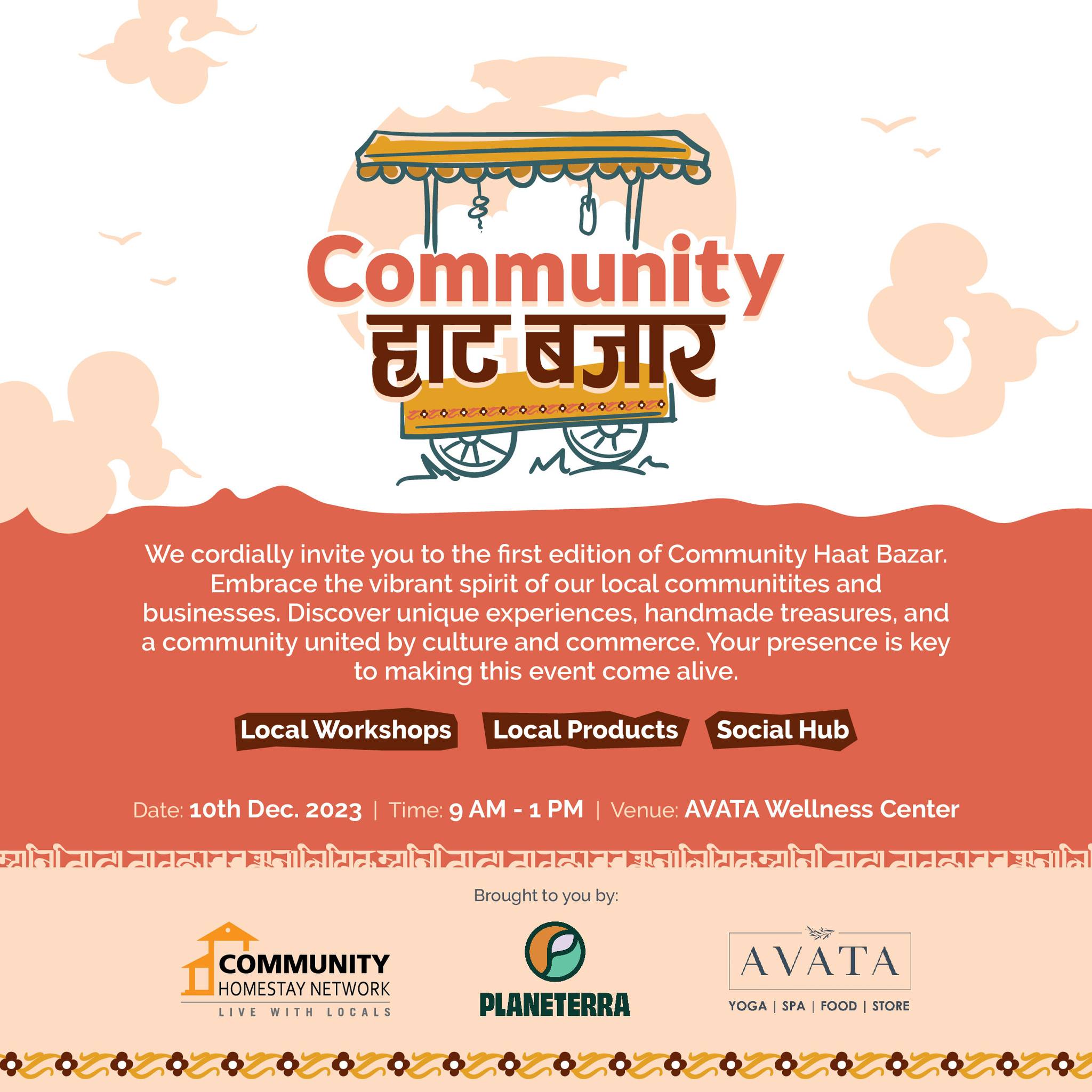
Notably, international travellers and expats came to the event, a testament to the success of our marketing efforts. In addition to that, other communities were invited to observe the Community Haat Bazaar, contributing to the event’s inclusive atmosphere. The day concluded with a feedback and reflection session, providing participants with an opportunity to share insights and experiences from this vibrant community-driven gathering.
After the success of the first edition, we are hopeful that this would be a good and replicable model to show what goes behind planning an event and how one can truly support community-based events to garner a wide audience resulting in success.
Lessons from the First Edition of the Community Haat Bazaar
In reflection, the Community Haat Bazaar not only served as a vibrant marketplace but also offered invaluable insights and learnings. The event highlighted a strategic shift in our approach, emphasizing the importance of expanding our reach to customer-centric audiences rather than exclusively focusing on business partners. The sense of belonging experienced by GCTN Nepal Partners’ community members showed the significance of such gatherings, providing not just economic opportunities but also fostering a deeper connection within the community.
Some pictures of the event, courtesy of Community Homestay Network:
The seamless orchestration by the CHN team, coupled with the active involvement of Planeterra partners and GCTN members, emerged as pivotal factors in the event’s success.
Looking forward, the importance of pre-scheduled communication with supporting partners and clear expectation management for participants became evident, emphasizing the need for meticulous planning in future endeavours.
The event not only marked a celebration of culture but also laid the foundation for continued community empowerment and sustainable growth.
About the authors:
Sazza K.C. and Rubik Joshi are two dedicated team members of the Community Homestay Network (CHN), a social enterprise that supports a network of community homestays in Nepal. Sazza works as a Product Development Expert, while Rubik is their Social Media Manager.
CHN is one of our Strategic Partners in Nepal with whom Planeterra has joined forces to support the members of our Global Community Tourism Network.


